Burnin Red Ivanhoe | Secret Oyster | Interview | Karsten Vogel
Burnin Red Ivanhoe is one of the most important and unique bands coming from Denmark. Originally the band began in the late 60s releasing their debut album ‘M 144’ in 1969, with its innovative and powerful composition of psychedelic and progressive rock along with experimental or jazz influences.
Burnin Red Ivanhoe’s official live debut came on December 14, 1968 at the Brøndby Pop Club as support to Spooky Tooth. The concert received so many positive comments that the group obtained a contract with a record company Sonet, and in the summer of 1969 ‘M 144’ was released. The recordings aroused admiration not only in Denmark, but also in Germany and England and the band was the first, among the Scandinavian ones, to achieve international success. Burnin Red Ivanhoe toured abroad and in Denmark several times, but disbanded on April 10, 1972. Burnin Red Ivanhoe have reunited several times, each time with concerts and subsequent albums.
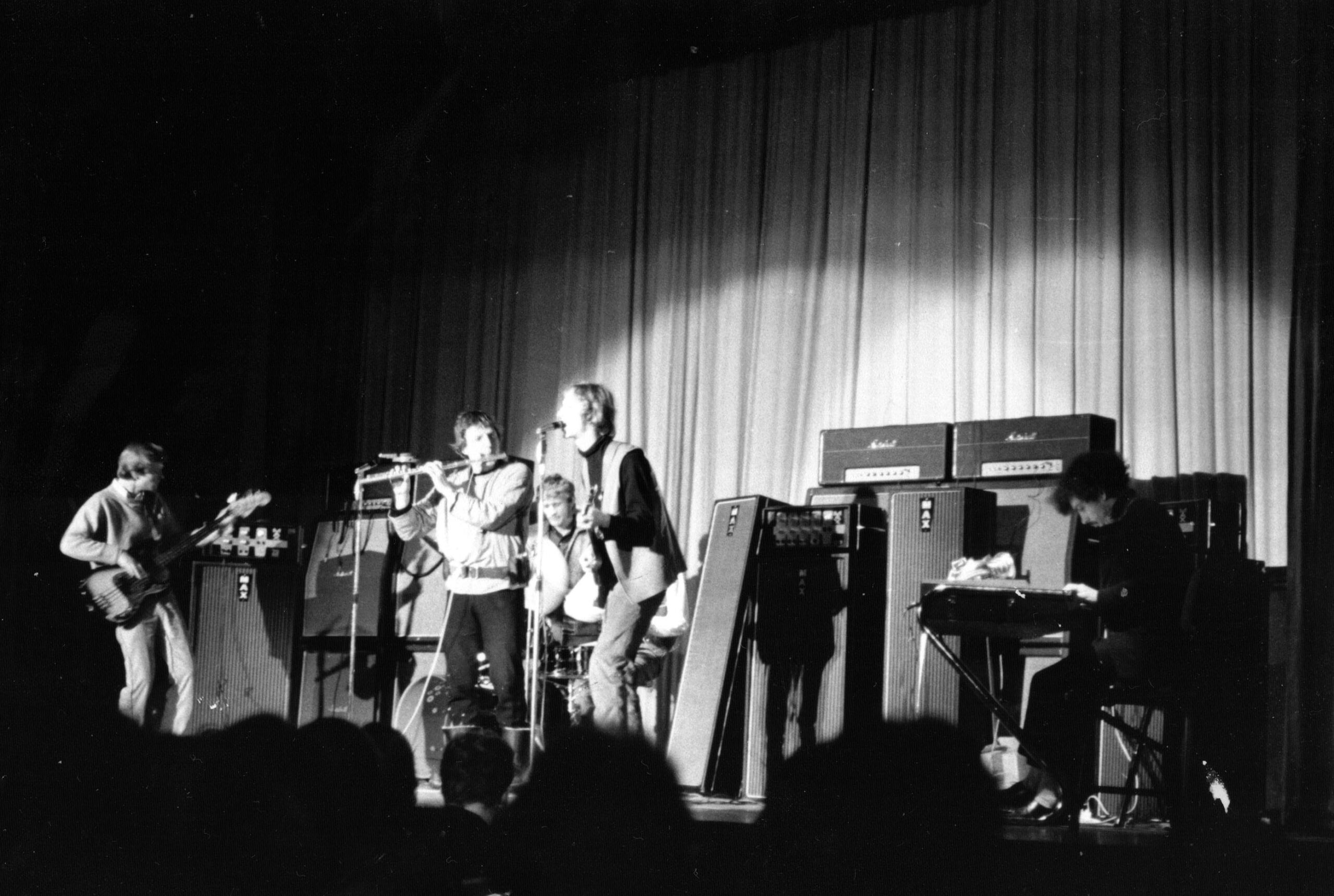
“Combining wild jazz and wild rock music”
Would you like to share about your upbringing? Where did you all grow up?
Karsten Vogel: In Burnin Red Ivanhoe we had a middle-class background. As you might know we have changed the band’s line-up quite often, but it goes for nearly all of us. The exception was our drummer Bo Thrige Andersen who came from an upper-class family. Consequently (?!) he was the junkie of the band. Most of us including me grew up in Copenhagen and it was here we had and still have our geographical center. My father was an engineer (not academical) starting out as a blacksmith. I had two older brothers and lived in a row house in an area with many children.
What was it like growing up in Denmark? Tell us about daily life back in your teenage years.
In the years after the war we had a hard time but in the 50s, everything became better. Also my father who had a fine reputation for being reliable got a much better paid job and we moved to a house with a big garden a little outside the center of Copenhagen and here I met some of the first buddies to play music with. Many of my idle hours I listened to jazz music. For a period of like four – five years from when I was about 15, often after school I met with friends in the home of (later on) famous jazz saxophone player Jesper Thilo, listened to music, discussing whether Louis Armstrong (Jesper) or Charlie Parker (me) was the Master. (Obviously both were!) We also drank a little beer and played a little card. Saturday night we found a place with no parents at home to party. And then had a few more beers. Also in this circle I met the girl to be my first wife after we had known each other for five years. In a way I was more introverted than you should think when I tell you this. But often I took to town to walk around alone studying usually condemned old houses or visiting art galleries. Or I was at home alone since my mother also began working outside home after we moved to the new house.
Was there a certain moment when you knew you wanted to become a musician? When did you first pick up an instrument?
In fact I never gave it a thought that it was possible to become a professional musician and even make a living out of it. I would love to play a lot, and Jesper Thilo went to the Danish Music Academy, but he was such a striking talent that it had to be that way. I met musicians making a living out of music. But I did not consider myself to be that talented, and by the way – I played very modern jazz with only a small audience. I was mostly listening to Charlie Parker and Paul Desmond from when I was about 12 years old. Four and seven years older brothers brought jazz into our home. The record player was in the living room, so when they played the music I listened to it too. Immediately after being 14 I bought my first saxophone, a C-Melody in a very bad condition. Very cheap! After half a year I had it changed with an OK Martin Alto Saxophone.
Tell us about your college days. Where did you study?
I did well at school and at 18 years old I became a student. I started the same year (1961) at The University of Copenhagen studying Danish language and literature. As in school at the University I was industrious and did well. My future would certainly be in that field and after two years and 20 years old I already found myself also teaching students even older than me. For the next six years I worked hard both as a student and as a freelance teacher. But I also did a lot with music, with performances of different kinds, with composing – and with a good private life. I guess I had only a little sleep then!
How did you become a member of Brødrene Vogel’s Quartet?
My brother Henrik (Vogel) was four years my senior. Through school he got friends who played jazz. One of them even as a pro. They came into our home and played – my ears became even bigger than they actually are. So when I started with the saxophone we began playing together. In the beginning I also got in contact with a band at my own age, the piano player being Per Aage Brandt. We started out playing bebop songs like ‘Donna Lee,’ ‘Move,’ ‘Billies Bounce’ and also had a few gigs at local places. After a year or two Henrik took over the drum seat in the band and we began a fast development against avantgarde jazz. The band name was changed to Brødrene Vogels Quartet (The Vogel Brother Quartet), because Per Aage at the same time had a Per Aage Brandt Trio. And I also began composing music for the group. In 1963 with Per Aage being 19 and me 20 with the quartet we won what could be called the Championship of Danish Jazz Music.
“The connection between composition and improvisation”
How did Cadentia Nova Danica come about?
After this “championship” we became more known, and subsequently came in contact with other avant garde musicians, among them The Contemporary Jazz Quartet (now with Henrik om the drums) and John Tchicai, just arriving after he had been working in New York City with among others Don Cherry and Archie Shepp. He wanted to make a double quartet with Danish musicians, and picked me as the other alto player. In fact we also sounded quite similar. He called the band Cadentia Nova Danica, emphasizing the connection between composition and improvisation. And at the same time calling for some respect for that kind of music. And he got it. I was a member for something like two years ending up in 1968 when Burnin Red Ivanhoe took all of my time.
How would you describe the jazz scene in Denmark back in the 60s? What were some important jazz clubs?
In Copenhagen we had two important playhouses for modern jazz: Vingaarden and the legendary Montmartre. At the latter you could hear and sometimes meet the likes of Bud Powell, Stan Getz, Albert Ayler and Dexter Gordon. Also we had jazz clubs with more traditional jazz and it was possible to play jazz – sometimes even the avantgarde part of it – to school parties and at the higher education institutions. Danmarks Radio had also eyes for the new music, so we were interviewed and played live programs too. And every Danish city with some population had a jazz club – some of them presenting the new music too.
“To get a jazz alto saxophone into this electrified music”
What led to the formation of Burnin Red Ivanhoe and how did you originally meet other members of the band?
Around 1965 – 66 I was both into the Danish avantgarde scene and also participated in different events, that you might call happenings, involving music, poetry, theatre and art. One big event was called POEX – Poetry experiment – and ran a whole week in Copenhagen. Together with a friend from The University, Niels Erik Wille, I had at that time written something like 15 songs with modern lyrics in Danish, but in fact had no band to play them since the jazz musicians I knew never would play that kind of music – inspired as it was by the new electric music from USA and UK. I was especially fascinated by The Who. I found their energy being the same as I tried to create in the avantgarde bands, I was part of – or even leader of. Also (of course) The Beatles, The Rolling Stones and Bob Dylan were among my favorite acts. And at the same time these artists had a big audience, which was most attractive to a musician. So I hoped I could combine my jazz experiences with my new inspiration from these names. I then asked some friends from my circle of acquaintances if they would try it with me. The first and original line up consisted of Steen Claësson on guitar, sometimes also on violin, and also singing, Steen Lange on bass and Per Kragh-Møller on the drums. I played the alto saxophone and that was part of the ambition: to get a jazz alto saxophone into this electrified music. We rehearsed for some months and had our first gig in Copenhagen on May 22. 1967. Per Kragh-Møller did not like what we did and after two gigs he left the band. Some months later it was obvious that Steen Lange was not a satisfying bass player. On drums we then got Bo Thrige Andersen with whom I had played in one of our avantgarde bands and on bass Arne Würgler, a jazz musician that I knew from a few gigs. The musical base for the band still was the compositions that I had written and of which some had lyrics by Niels Erik Wille, some by me and some were instrumental. Still today in fact the band is based on my work as a composer.
“If the words are too understandable you get bored”
What did you enjoy in rock music? I’m guessing Burnin Red Ivanhoe was trying to convey jazz with rock in a certain way. What was your overall vision for the band back then?
Yes, that was my effort then. I hoped that we would have a swinging rhythm section, interesting solos on guitar and saxophone and some good lyrics that were more than straight pop songs. You see, if the words are too understandable you get bored after a while. And I hoped we could have some gigs playing in front of an enthusiastic audience. Even a dancing one. I did not expect to make a living out of it in the beginning. But at the time I had my degree from the University I found myself being a musician playing more than four gigs a month. I never had a steady job after that. In the years to come the amount of concerts increased to nearly 200 a year. What I liked? The energy, the contact with the audience, the freedom to do things with both melody and harmonic structures, and certainly the swing! Also the acceptance of the more surrealistic aspects of the performance, that I really dig. Today this is not that obvious among audiences any more.
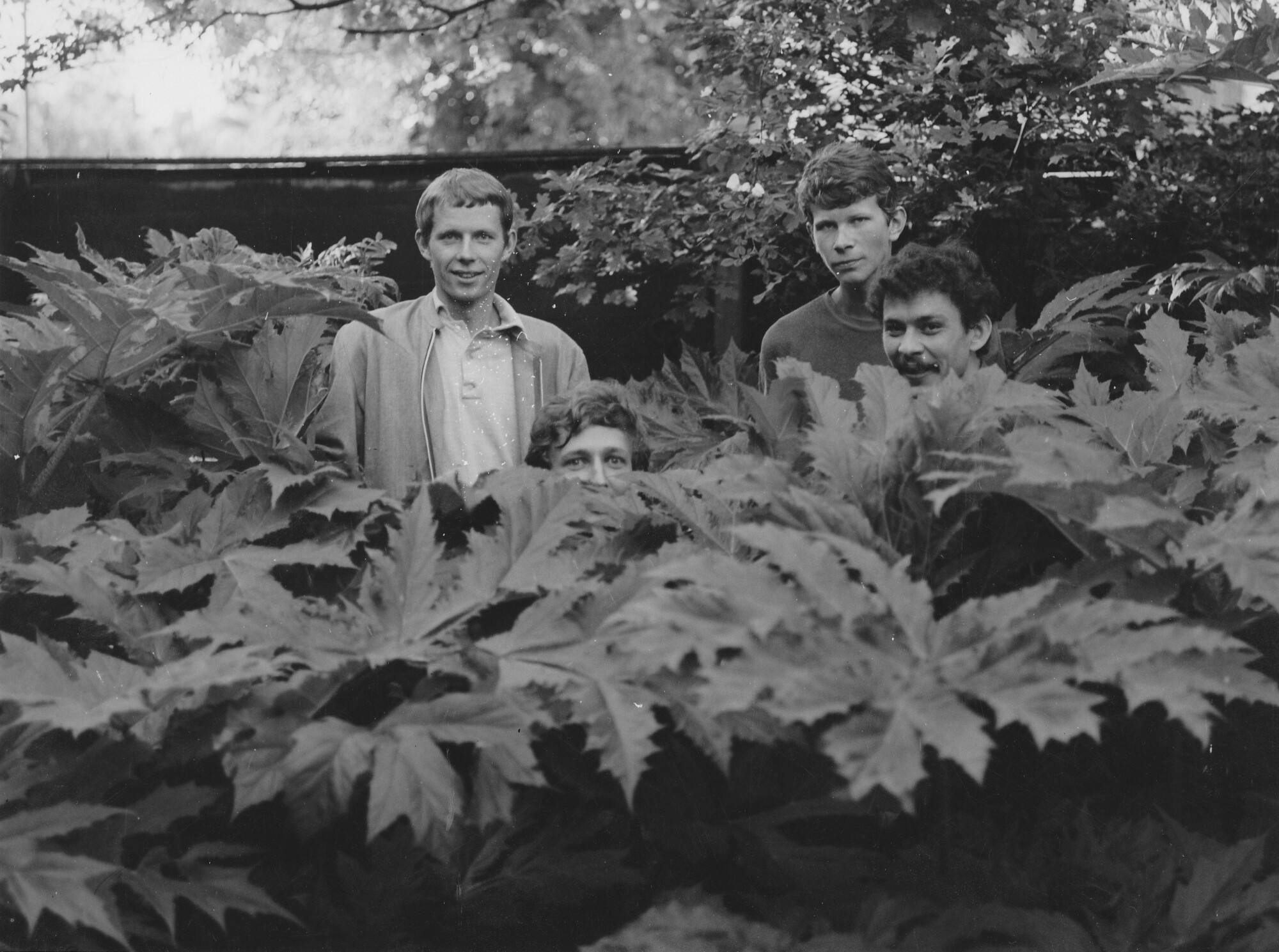
“Working close to the edge of what was common stuff on the early rock scene”
Tell us about some of the very early days of the band. What did your repertoire consist of?
As I said the band was raised on my work as a composer, which also included my thoughts about what the band should sound like. When we first began to learn to play this kind of stuff – and the drum playing by Bo Thrige Andersen was a very important reason for that – we also took inspiration from names like The Velvet Underground and Frank Zappa, working close to the edge of what was common stuff on the early rock scene. Some critics found it way out in space.
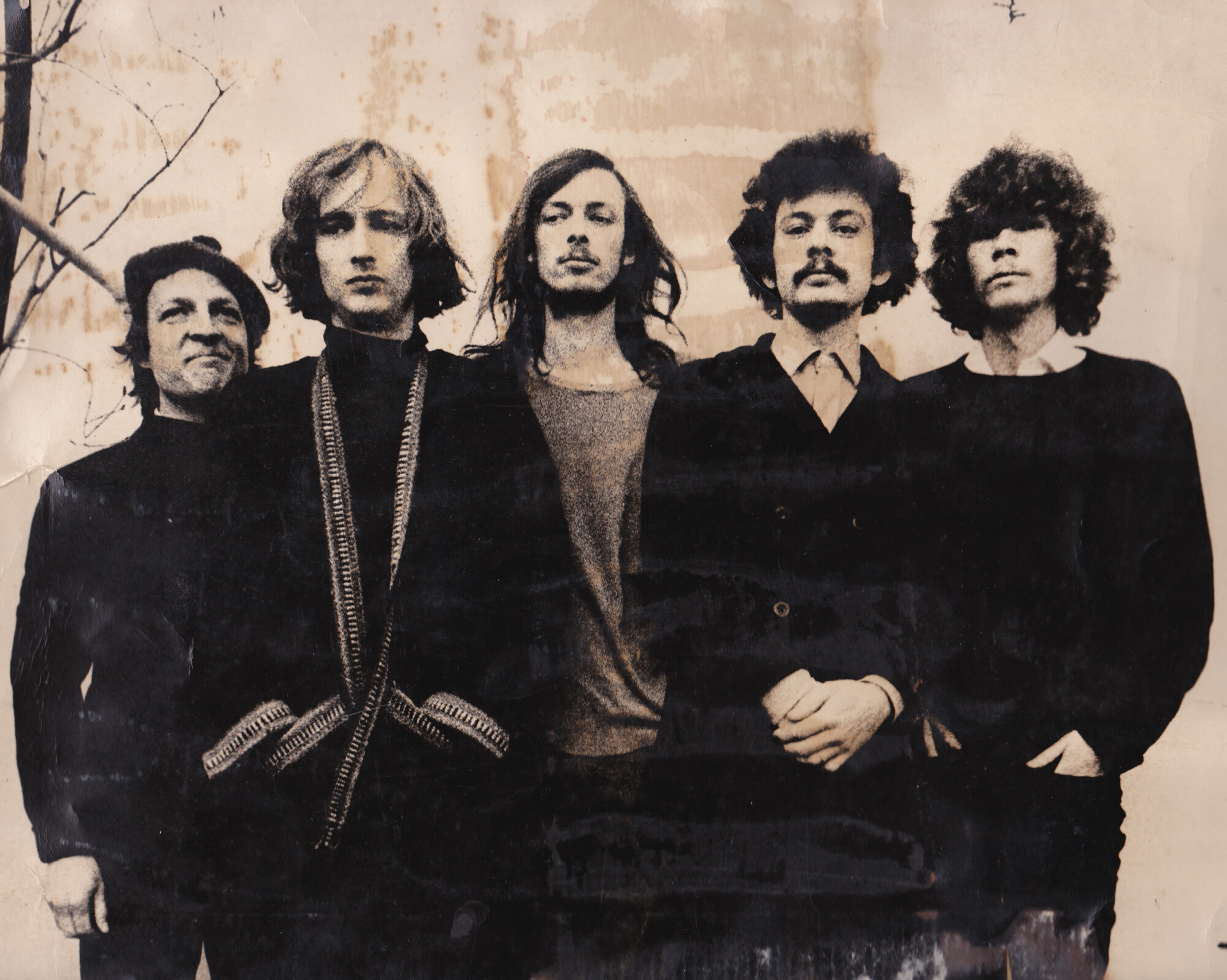
I guess there were several lineup changes at the beginning? Would love it if you could speak about some of the early gigs. What are some other bands you shared stages with?
Yes the lineup has changed frequently over the years. For many and different reasons. After playing quite a lot for nearly two years Kim Menzer became a band member on different wind instruments. I knew him from Cadentia Nova Danica and he shared my vision of combining wild jazz and wild rock music. So from late 1968 we have been a quintet. Arne Würgler had a different approach to what it was like to be a rock band in the late 60th (oh – in fact he too came from a background in higher society), and Jess Stæhr took over the bass. With him and Bo Thrige Andersen we had a rhythm section of international standard (or even more?). Steen Claësson began having problems handling the situation with growing international interest and consequently higher demands and was replaced by a very good singer and guitar player, Ole Fick. For something like 3½ year we had what is sometimes called the Burnin Red Ivanhoe classic. Arrangements on Fridays and Saturdays often had two or three acts. Bands like Alrune Rod, Day of Phoenix and Midnight Sun… we met regularly. On special occasions we played concerts with international headlining acts like Jimi Hendrix Experience, Spooky Tooth, Incredible String Band and Taste.
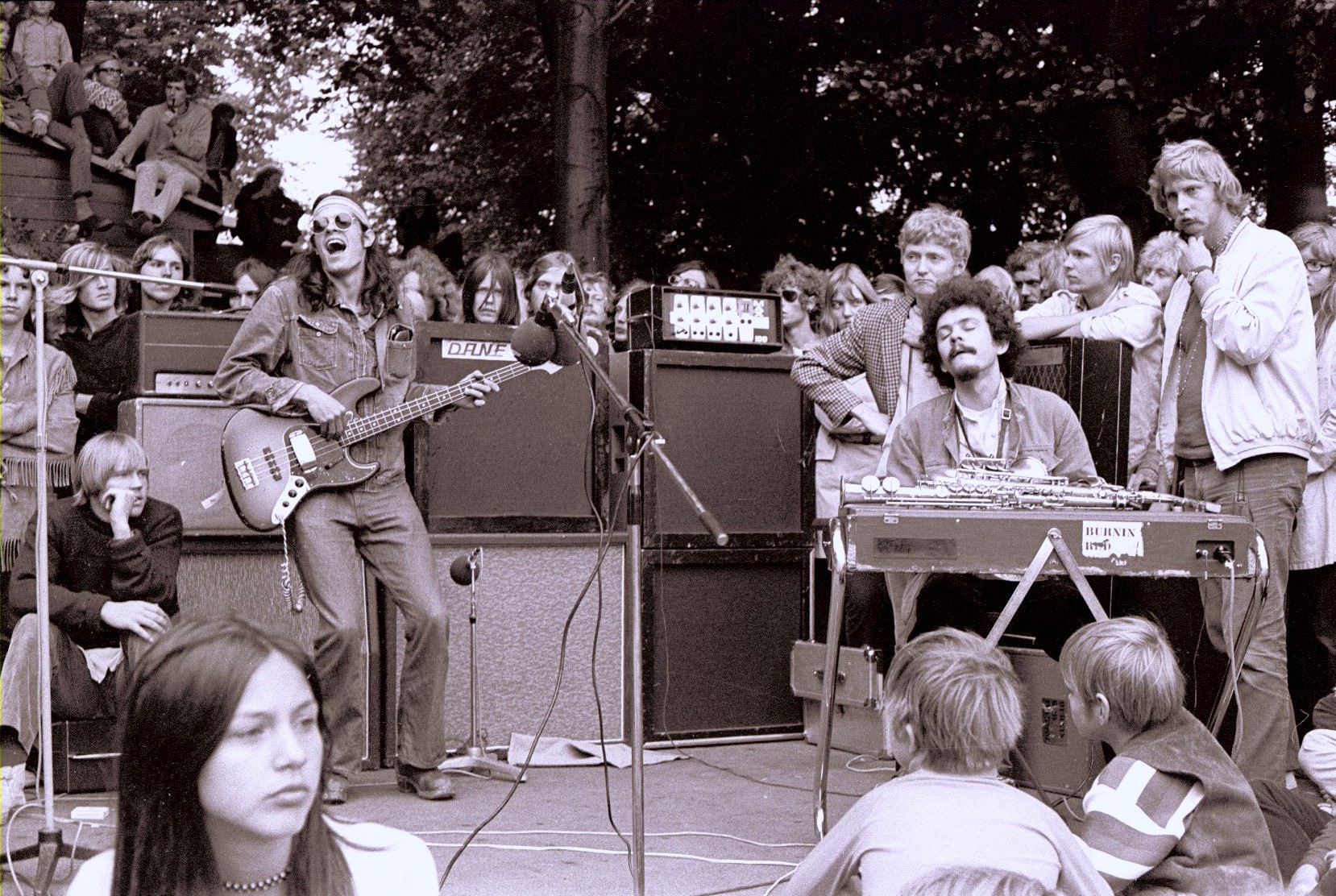
How did you get signed to the Sonet label?
Kim Menzer knew the manager Walther Klæbel and asked if he could think of having some work for us. He could and he did. Soon we became his band no.1 and some of the other bands in his stable became jealous. Walther worked together with Karl Emil Knudsen, who ran the Sonet label. So we were signed.
It’s not very often for a new band to release a double debut album as you did with the fantastic ‘M 144’ in 1969. It truly shows that you have been active for almost two years and sounded really mature. Would love to hear about the compositions on it and what are some of the strongest memories from recording it.
‘M 144’ was recorded in the spring of 1969 in Rosenbergs Studio located in a cinema in Vanløse, Copenhagen. In the daytime it was a recording studio, but sessions had to be finished at 5pm for the night’s movie show. Ivar Rosenberg had himself built the four-track tape recorder. He only had a few tapes, so he had to erase the whole session when it was finished. But it did not erase very well. You can actually hear it in a very silent passage of ‘Saxophonepiece Piece 2’ where Danish pop singer Raquel Rastenni clearly can be heard in the background. I guess people are thinking: “Wow – some weird guys!” For me it was some tough days. The lineup was a mess at the time with no regular bass player, no regular lead singer, and problems with the vocals. And an (extremely good) drummer on heroin. We ended up with four bass players, one singer from the group (Steen Claësson) and one working as a studio musician (Ole Fick) and a few other guests singing too. The guitar solos went to Ole Fick, most of the group work on guitar was in the hands of Steen Claësson. Not easy! Kim Menzer was good at supporting me but not the most reliable studio musician. After a while we decided to ask Franz Beckerlee (later known from the band Gasolin) that we knew from the avantgarde circles, if he could cheer us up and keep the good spirit going. So he came in and is credited as producer, but in fact more or less was a cheerleader that did not interfere with my musical ideas. It was decided to make it a double album for two reasons: we had lots of material to record, and by making one in Danish and one in English the doors were opened for release also outside Denmark. Track 1 on side 1 (‘Ivanhoe I Brøndbyerne’) as it always goes became the signature song for the band. Here Kim Menzer has a very good soloing on flute – more or less a percussion-solo. ‘Purple Hearts’ (speed makes you feel happy) has potential for a pop song but of course never became a hit. The long repetitive KODA was inspired by Terry Riley and Bela Bartok. Three songs have peculiar titles: ‘Ksilioy,’ ‘Oyizl’ and ‘Jiizlou’. I wrote so many songs then that it was hard for me to find titles for all of them and then invented a language that does not give any meaning. Better no sense than all too obvious! The two first mentioned are quite long and as ‘Purple Hearts’ repetitive, hopefully bringing you in a kind of trance, which is a very satisfying state to be in. I had an artist friend do the cover art over my idea of having a model theatre to pop up on opening the sleeve. Very expensive! The front and back in return should be in a very clean design. Surprisingly Karl Emil Knudsen, who was extremely keen on money, accepted the project all the way. It ended up as a good idea with I think more than ten reprints.
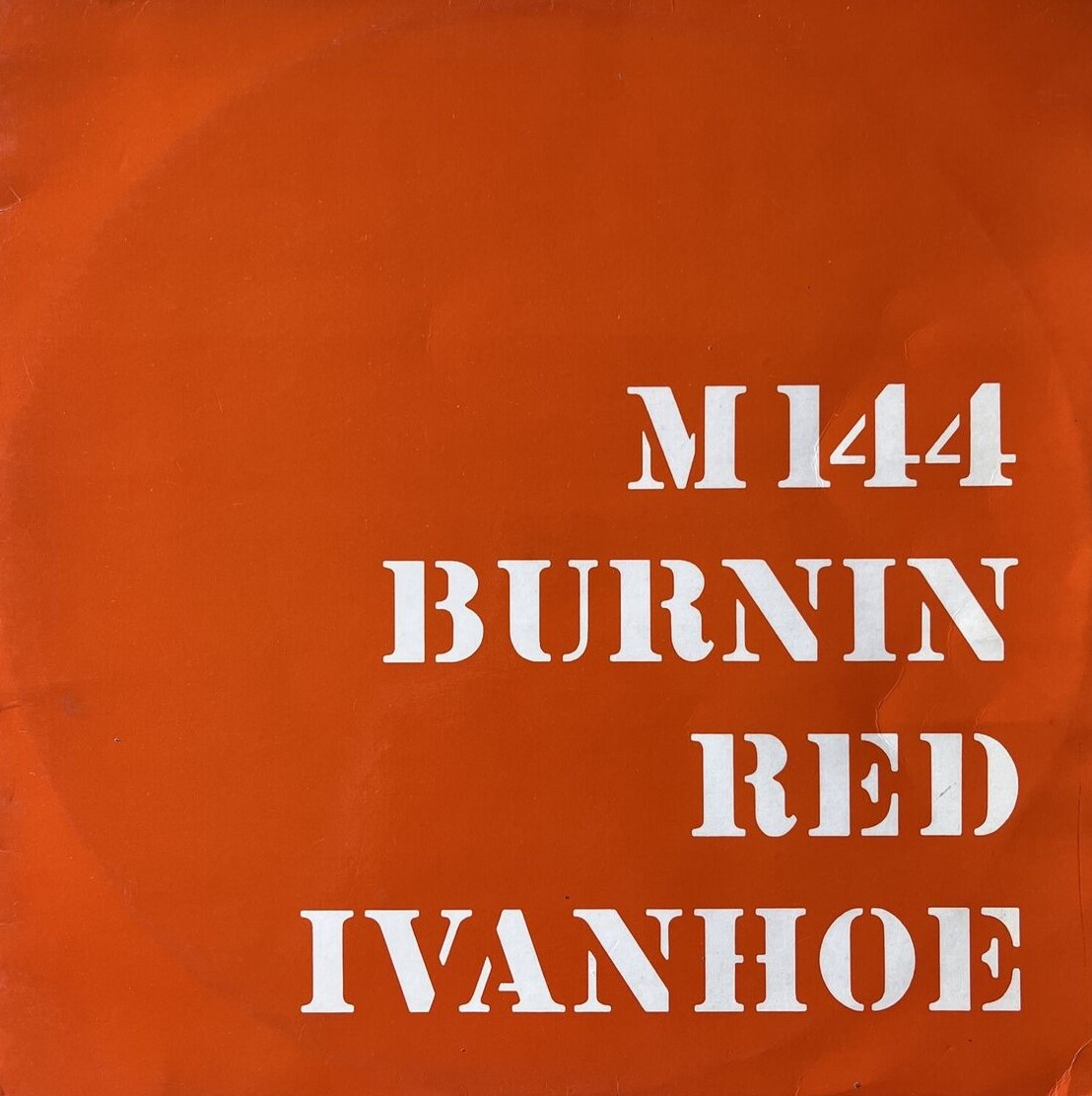
What was the reception like? I believe you got some international press and tour opportunities.
In general it was well received. Some found it a pity with the Danish lyrics and found us better instrumental than vocal. Today some of the songs with words are among the favorites when we play concerts. ‘M 144’… both English music critic Richard Williams who heard us in Berlin, BBC DJ John Peel, who heard us in Copenhagen, Sonet and Walther opened the doors for touring in all the Nordic countries, in Germany and especially in the UK.
Would you say it’s a concept album?
No it’s not.
Your second album, ‘Burnin Red Ivanhoe’ was released a year later. The sound changes quite a bit. What are some recollections from it?
The self-titled next album was recorded during our first tour in the UK in the CBS studio and with Eddie Lee Beppeaux – in fact John Peel – as producer and released on his label Dandelion, a sub label under Warner Brothers. The lineup had then been the same for hundreds of gigs, so we were tight. John Peel preferred first-takes. The engineer more liked recording first the rhythm section, then doing overdubs. We tried both. John Peel was a nice guy, he spoke softly and used few words, but when he said something you listened! The bass player from Colosseum Tony Reeves had become a good friend and he too was in the studio. We toured for a month in July 1970, earned very little money and had very little sleep. But it was great to be together with people like Robert Fripp, Sandy Denny, Tony Reeves and Richard Williams.
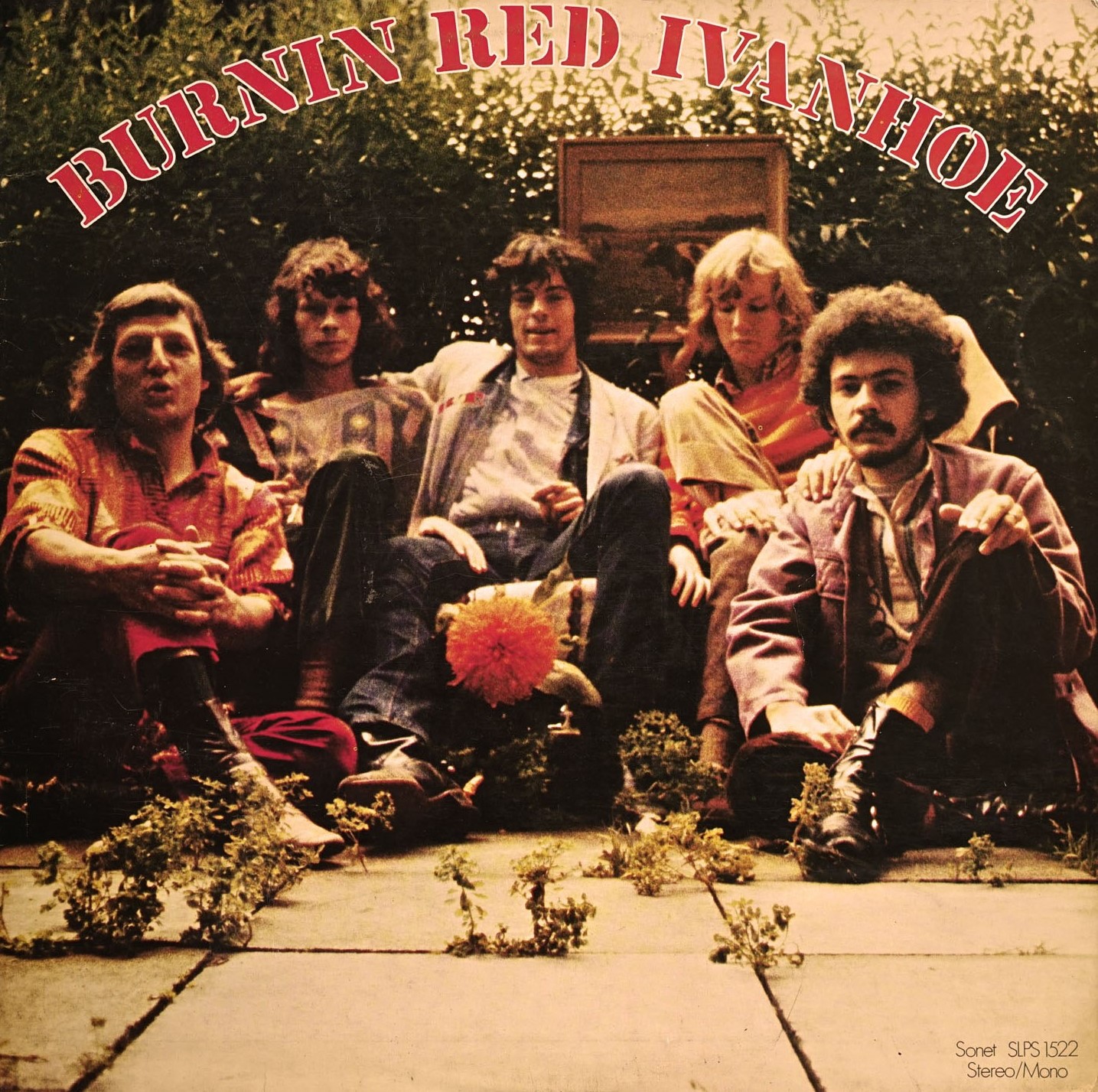
How did the collaboration with Povl Dissing come about for ‘6 Elefantskovcikadeviser’?
We shared Walther Klæbel as a manager with Povl Dissing. Povl was a big name in singing popular songs. He also liked our electrificated kind of music. Sometimes we met on the bigger venues and some of us went on stage to join him. In the spring of 1971 Burnin Red Ivanhoe together with Walther stood for a tour with some guest appearances, among them Gary Wright with the band. We also invited Povl Dissing to sing a few songs from our songbook and some of his own. We all liked that. The people loved it too. So shortly after we recorded this album with another strange title. Again: I do not like it when it is all too simple. Today in Denmark this is our most mentioned album. In a way it is also the least Burnin-like album we ever did. But having a great and beloved singer in front is a very good idea!
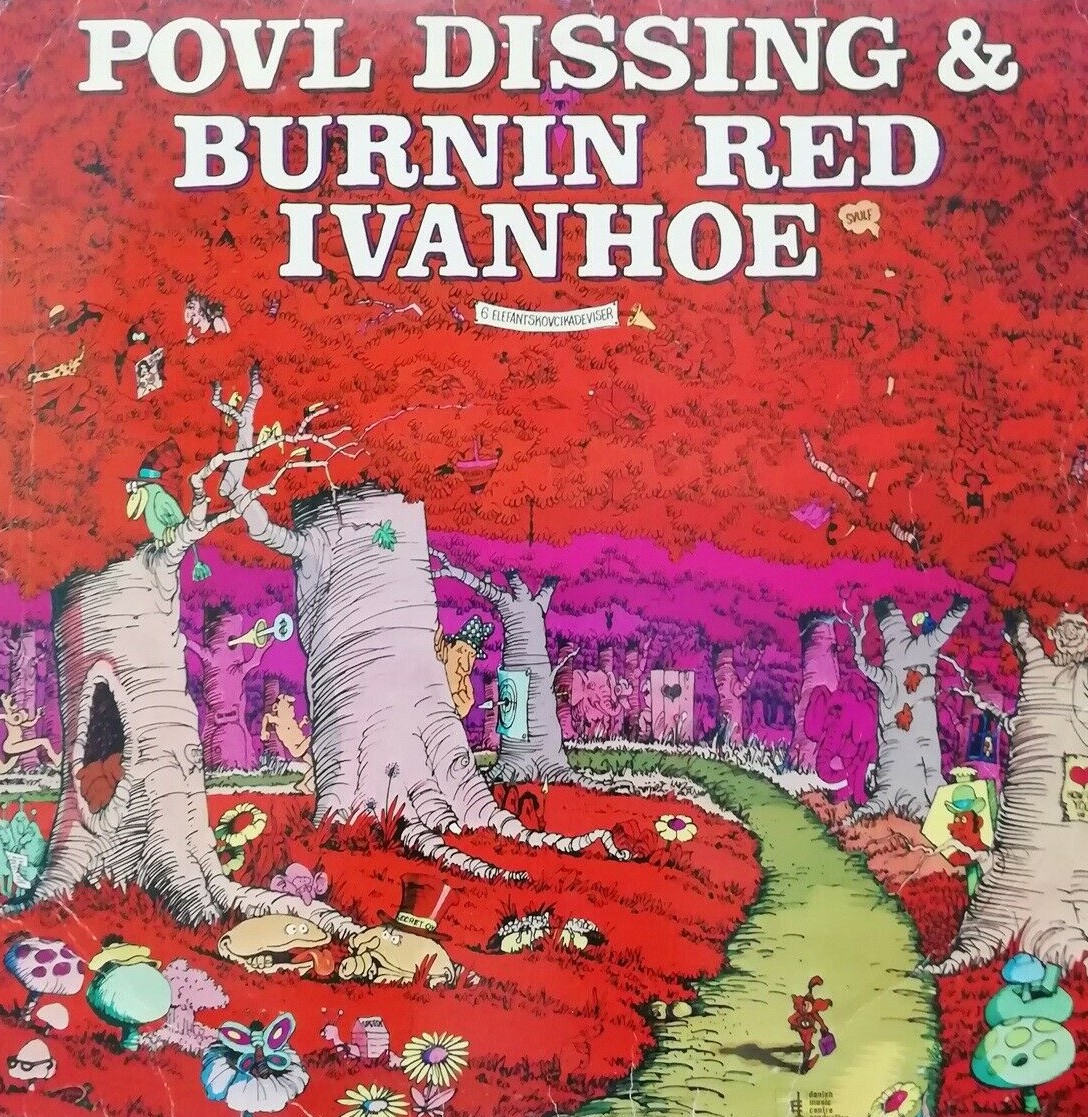
What led to the recording of ‘W.W.W.’? Listening to it today, what are some fond memories that run through your mind when hearing it?
At the same time as we did the 6 songs with Povl Dissing we recorded our third album, which in fact is a concept album. Four of the pieces tell a story of being insane. Only the first had lyrics. The rest is not silence – but sounds. That’s the way I felt at the time. Life had been if not rough then at least hard and I had a minor nervous breakdown. The reasons for that? Many concerts, big audiences but very little money. Lots of work with the band on my shoulders and it was no easy bunch of musicians to keep together. Drugs had made it difficult for us in the UK and what in the beginning looked very promising became a little misty. The album title reflects that: ‘W.W.W.’ is the initials of Wilfred (Ivanhoe), William Wilson (Poe) and Wilfred in a Norwegian novel by Johan Borgen. They all had scattered lives. Like the letter W itself.
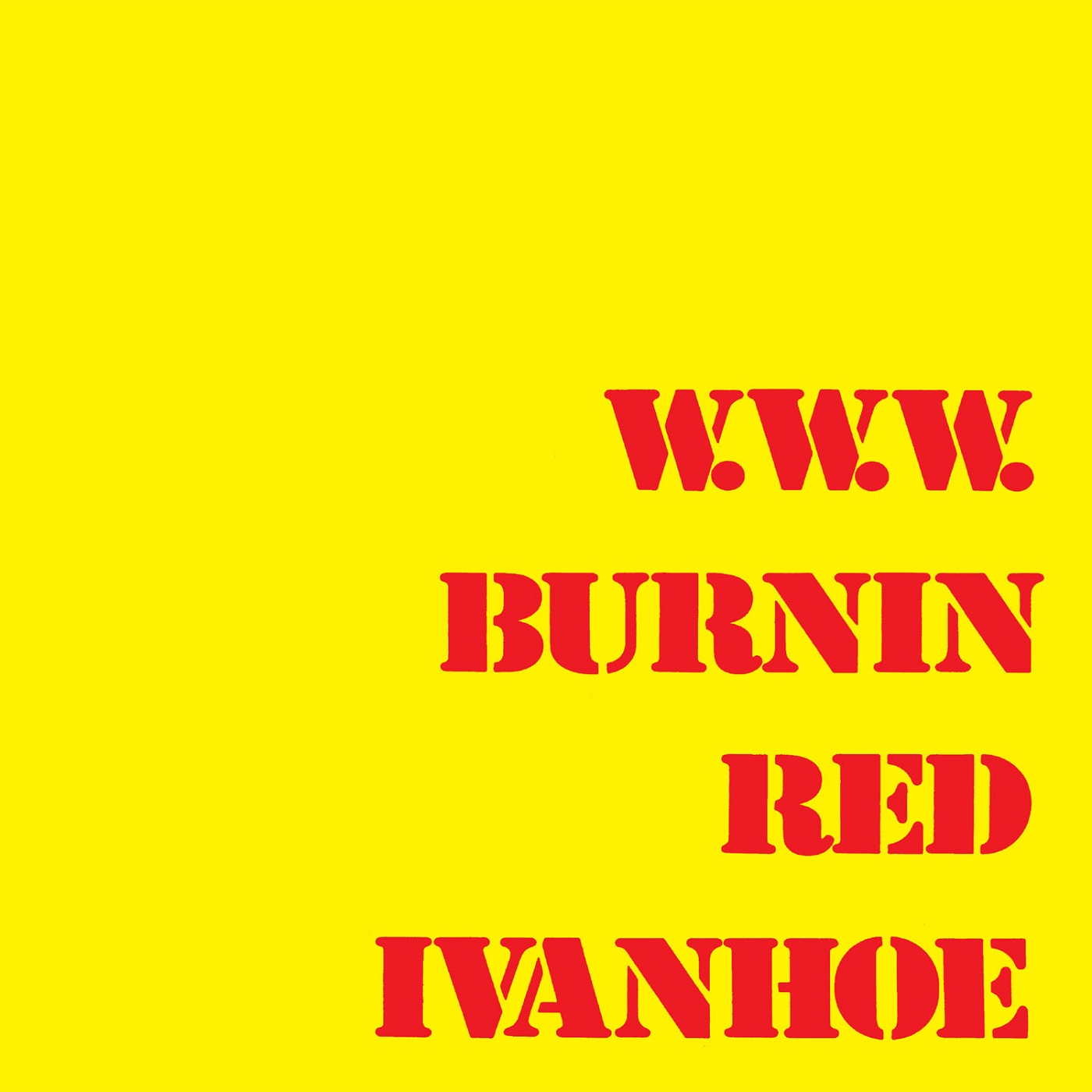
In 1972 the band disbanded, but just before that they released ‘Miley Smile / Stage Recall’. What were the circumstances surrounding the recordings and eventual end of the band?
After seven years with a band nearly only working with material from me, some of the other band members wanted to contribute to the repertoire. We began rehearsing a few of these songs and I didn’t like what I heard. It was certainly not my kind of music and did not sound like Burnin Red Ivanhoe. While we and perhaps me at the most were tired after these demanding years it was not that hard for me to say: Let’s call it a day. It made it a little easier for me, while I in my head already had the sound of a new instrumental band, I just had to find out who should be in it. After we disbanded we still were good friends and we were tight as a band! So we took on the already booked tour in Norway and just after that went into the studio to make the album in just two sessions lasting for three hours.
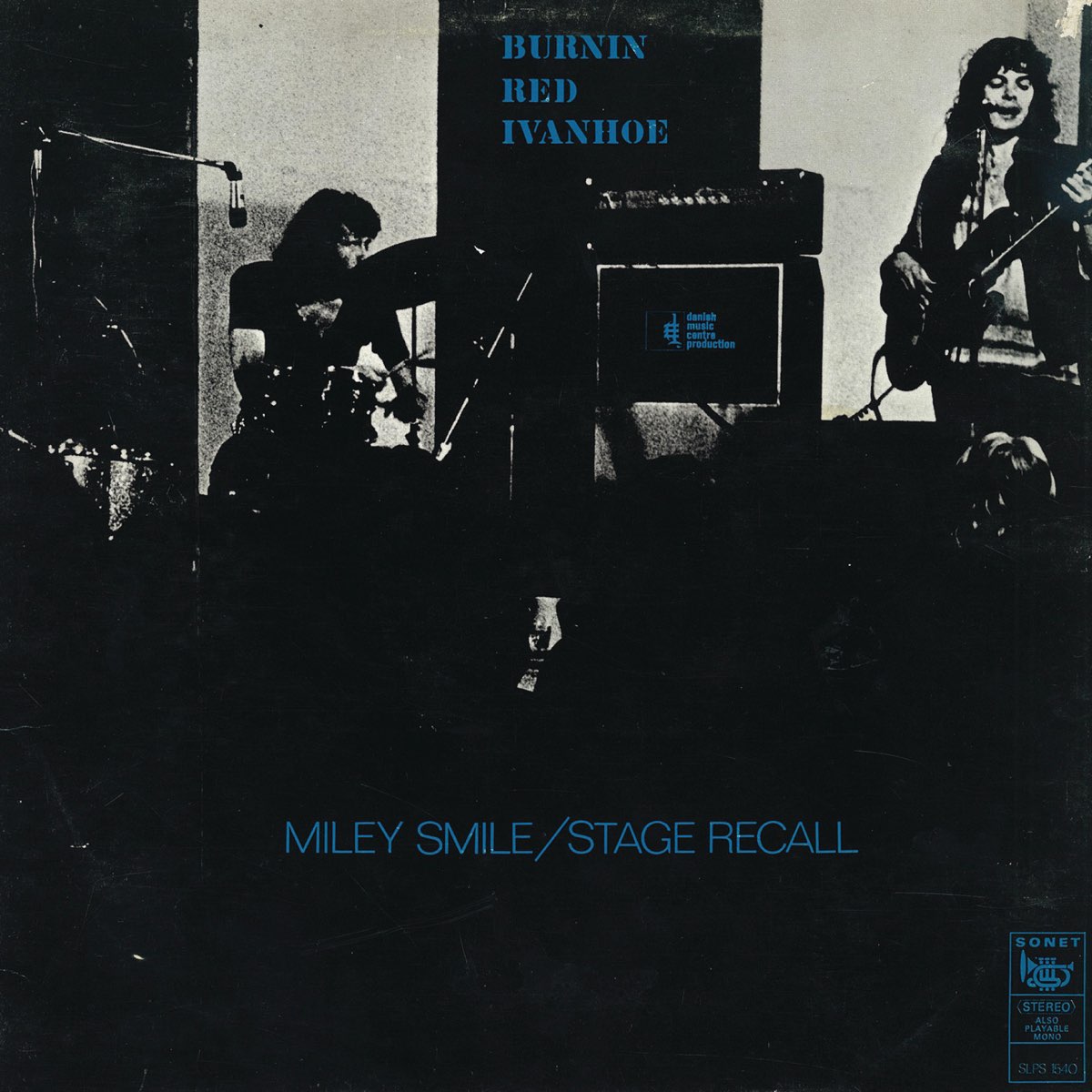
What was your idea behind forming Secret Oyster? Would you say that it was a continuation of what you began with Burnin Red Ivanhoe?
Yeah, in a way. But I had learned so much, I had so many new experiences, I had been listening to so many kinds of music through the years with Burnin Red Ivanhoe, that in some respect I was thinking in other directions.
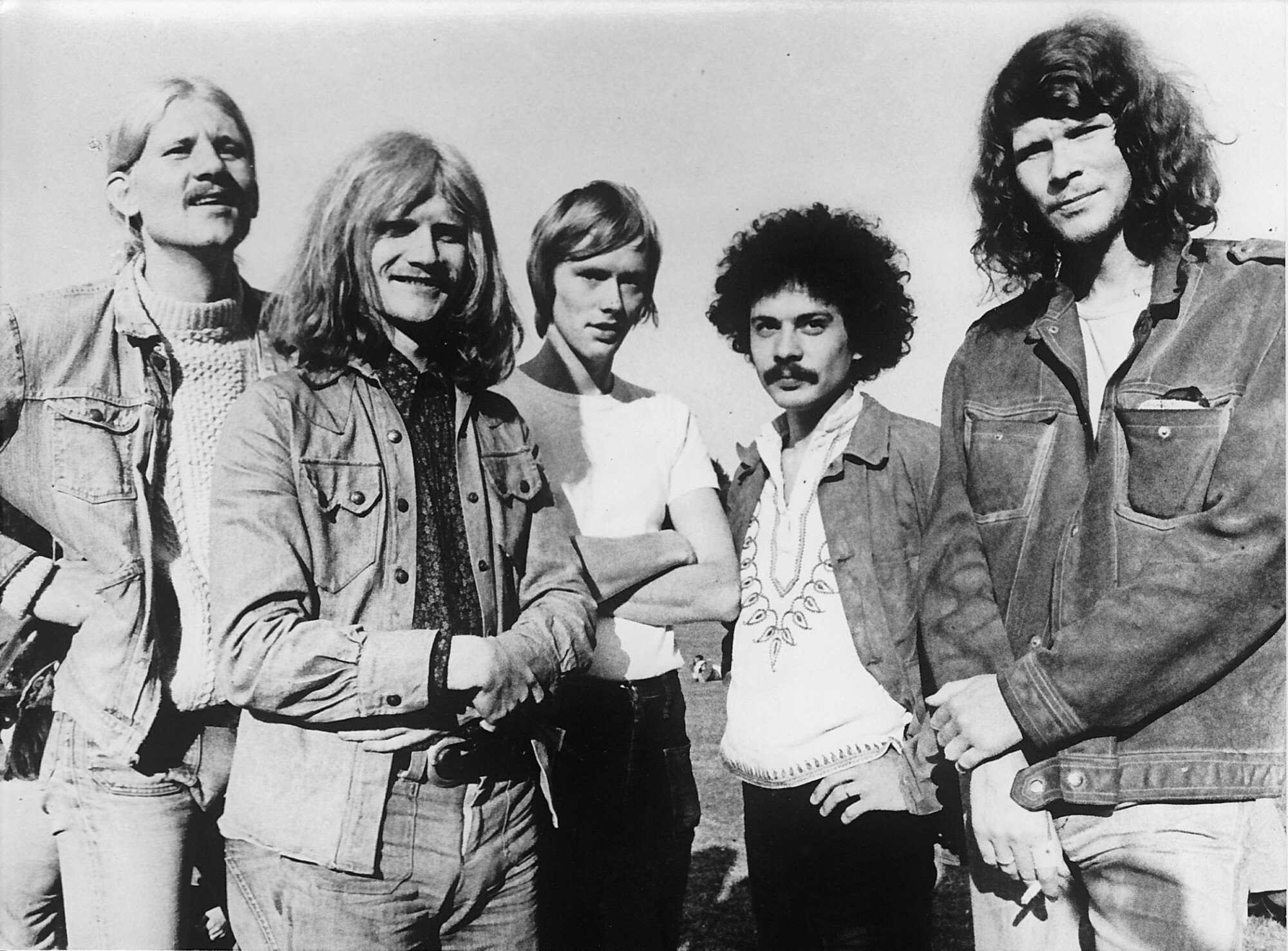
First I was going back to music without lyrics. I wanted to play improvised solos and wanted to get a band together with musicians all having the ability to create long interesting melodic developments with a jazzy swing. I then called four musicians I was sure would be able to do that: Kenneth Knudsen (keyboard), Claus Bøhling (guitar) Mads Vinding (bass) and our drummer from Burnin Red Ivanhoe Bo Thige Andersen. Through the years he was the member from Burnin Red Ivanhoe I had the most in common with regarding playing music.
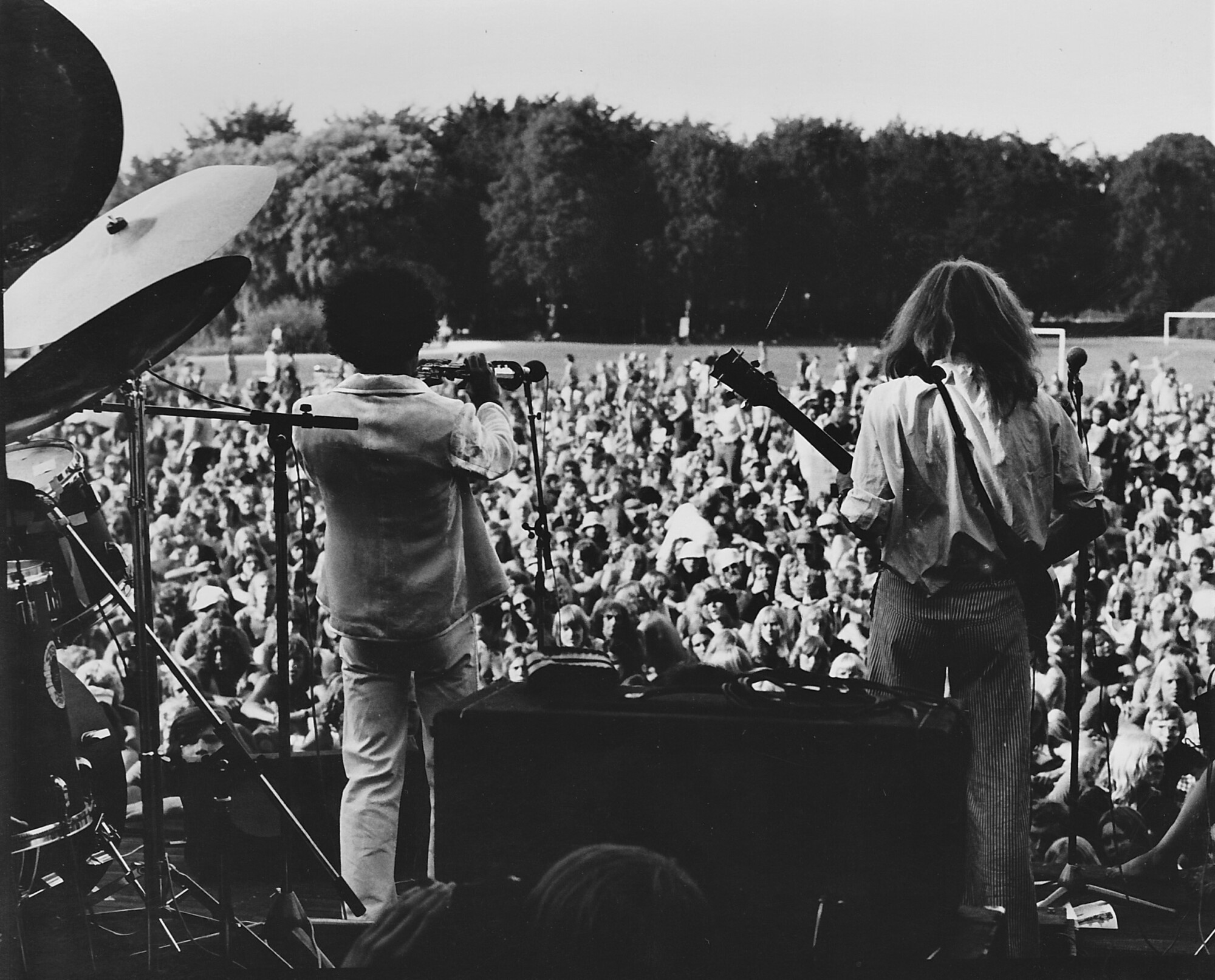
What would you say were some of the main influences when you began working on the debut album, ‘Secret Oyster [AKA Furtive Pearl]’?
The instrumental side of Burnin Red Ivanhoe was obvious in the music we did in the beginning with Secret Oyster. After a while I was influenced by the Weather Report and of course it became an influence then for all of us. But I think we took inspiration from all kinds of music. All in the band were attentive musicians. We began rehearsing in the spring of 1972, had our first gig (in Jazzhouse Montmartre) in September and started out touring shortly after that. As a starter I had written some songs, but Kenneth Knudsen soon came up with some really good stuff too. After a while Claus Bøhling also contributed to the repertoire. They came up with music that I’d like to play.
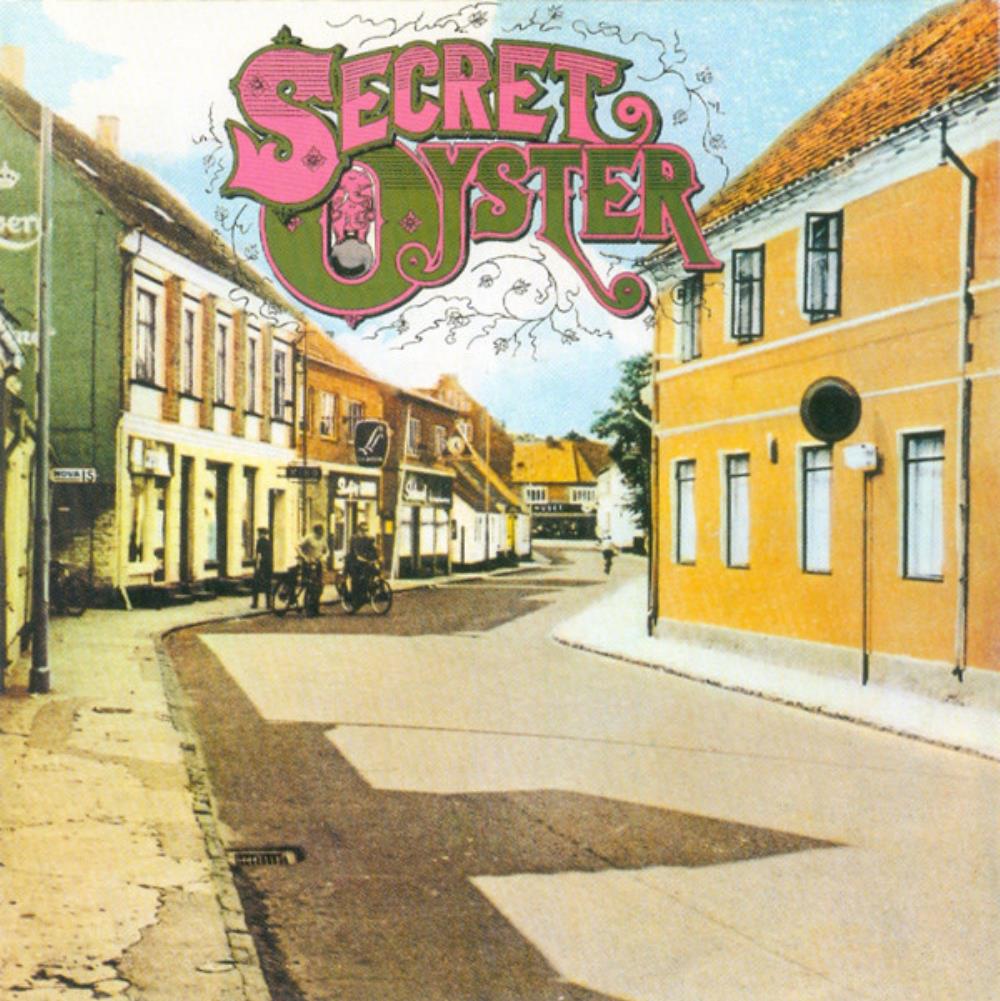
‘Sea Son’ was an incredible follow-up. Tell us about the making of this stunning record.
Nobody expected to have many gigs with this electric jazz/rock group (now we may call it fusion). But we were well received and in our first year learned how to be Secret Oyster in our own right. Ambitions became high! Both Kenneth Knudsen, Claus Bøhling and I worked a lot with composing material, and that resulted in some real good stuff when we had to make our second album. In the meantime, actually just following the release of the first album, we had to make important changes in the lineup. Mads Vinding became most busy working with world famous violin player Svend Asmussen, and Bo Thige Andersen as a result of his addiction had a hard time to match the pace. Still to have the balance between rock and jazz in the rhythm section, we got Ole Streenberg, the drummer in Kenneth Knudsen groups before Secret Oyster, on drums and Jess Stæhr from Burnin Red Ivanhoe on bass. That became the “classic” Secret Oyster.
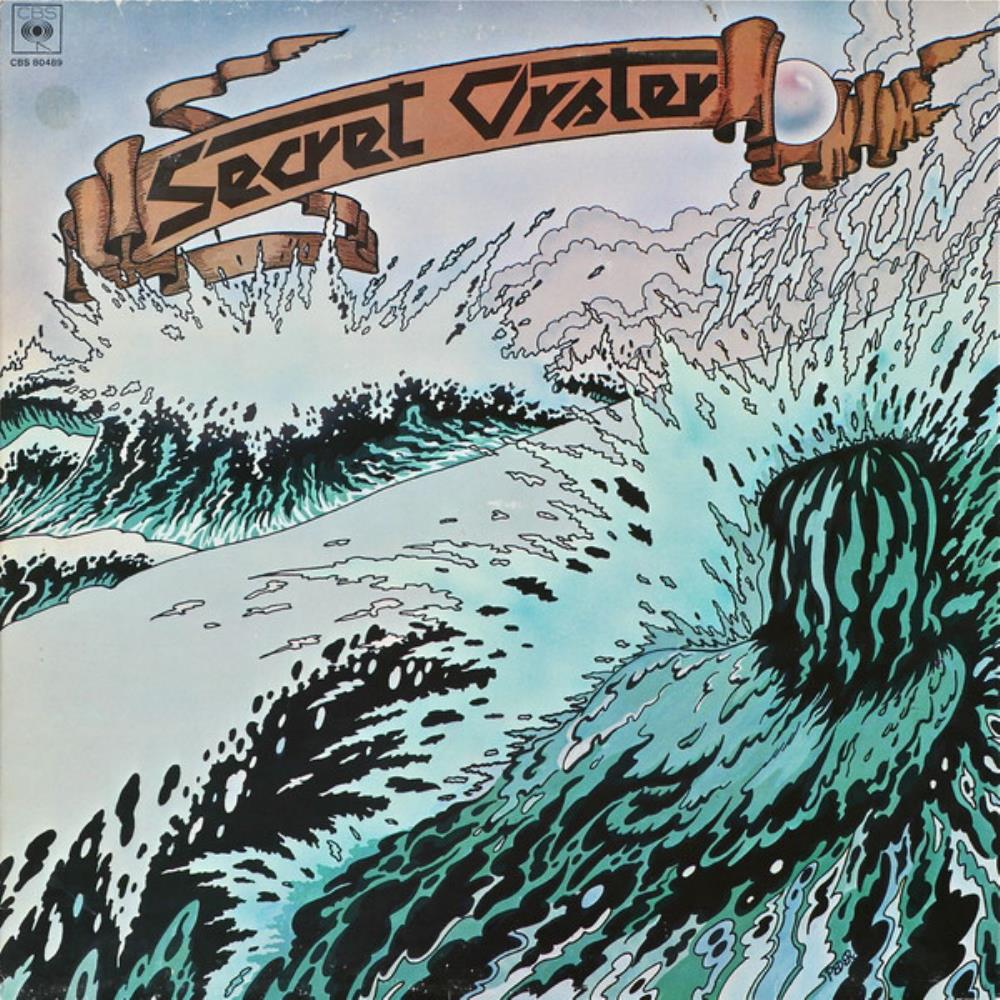
Two more records followed, ‘Astarte’ and ‘Straight to the Krankenhaus,’ but in the meantime you also reactivated Burnin Red Ivanhoe and recorded ‘Right On’.
The economic situation was very similar to what had been the case for Burnin Red Ivanhoe: We played many concerts, we had a satisfying audience, but we were not paid accordingly and we had high expenses, including with our equipment and were quite ambitious. So to have some income we did some gigs with Burnin Red Ivanhoe, which paid a little more, and still people asked for that band. To make it as complicated as possible, the lineup here was a mix of Secret Oyster and Burnin Red Ivanhoe resulting in some good and some frustrating events. On the ‘Right On’ album we recorded as a quintet, leaving Kim Menzer out of the group, since his ability as a musician never matched his appearance on stage or the general level among the other band members. With Kenneth Knudsen in the band the demands became too high for this. Shortly after Secret Oyster had so many concerts in Denmark, Germany, Sweden, Norway and France that there was no more room for a second band going on. We toured in Germany with Herbie Hancock and in the UK with Captain Beefheart.
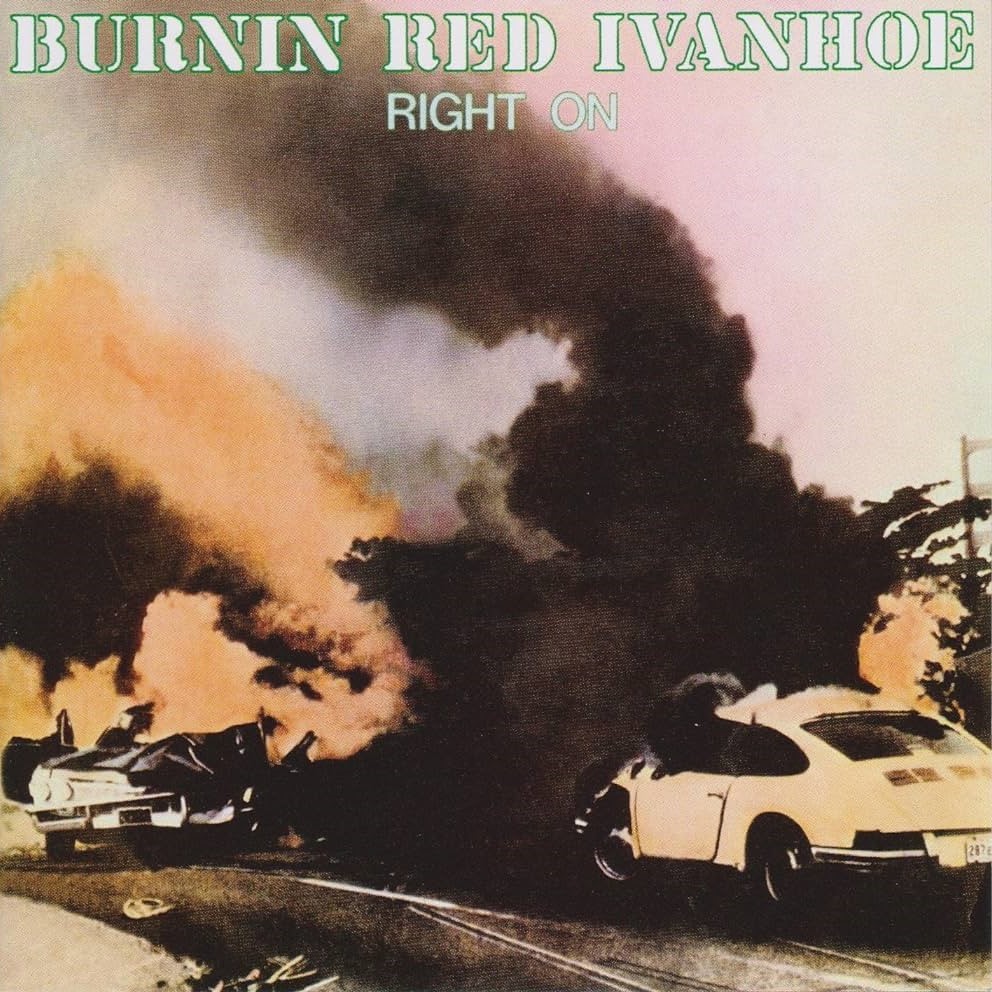
We were invited to write and record the music for what could be called a ballet-cabaret based on the work of Danish poet Jens August Schade, and that became a big hit mainly because of some scenes with all the players naked on stage. The music was played back on tape, but the band was paid for every performance – our first time luck regarding economy! At the same time and in the same studio we recorded what was planned to be our third album, and that situation caused some mess. As I said, Secret Oyster had high ambitions as a band but also all of us had ambitions on their own behalf. The atmosphere sometimes tended to be quite tough. On a German tour we invented the album title, since every time we came to a new city road signs were telling us: Krankenhaus! and with one voice we added: Straight to. The surrealistic cover art matches the whole situation.
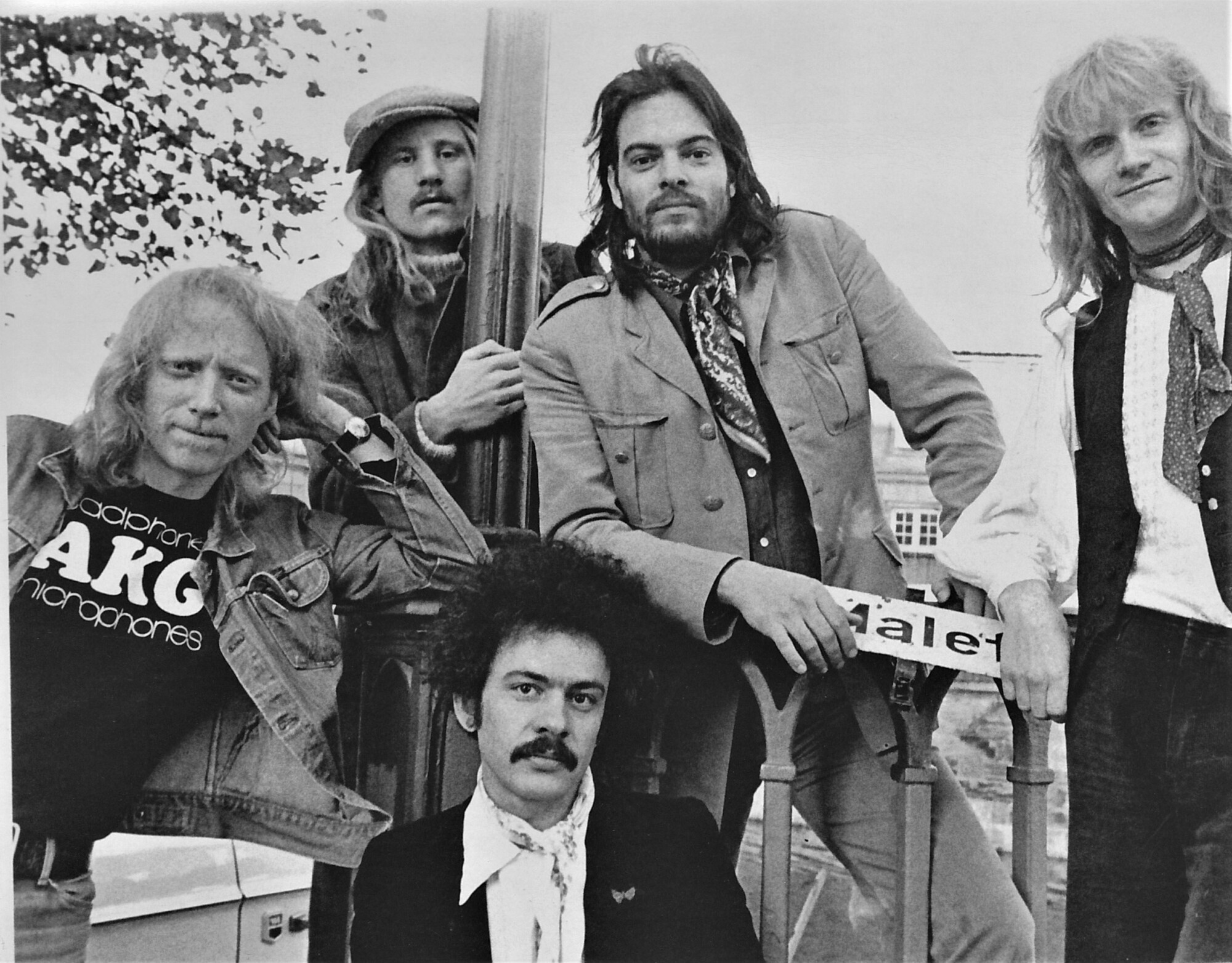
What can we find on archive Secret Oyster recordings released under the name of ‘Striptease’? On that note, there’s also little known archive recordings released under the name of Mermaid. Could you share some light on that.
The success of the ballet led to a follow-up project with ballet maestro Flemming Flindt as choreographer and producer. The music was composed mainly by Kenneth Knudsen and me and some of it was recorded in a studio, other parts we recorded in our rehearsal room. But this ballet never surfaced because Flemming Flindt moved to Dallas, Texas. I kept the tapes in my archives. After this more than forty years they were released on both vinyl and cd. The latter had some unreleased live recordings as well. As a fact I’m these days working on a vinyl album with some other live recordings from classic Secret Oyster.
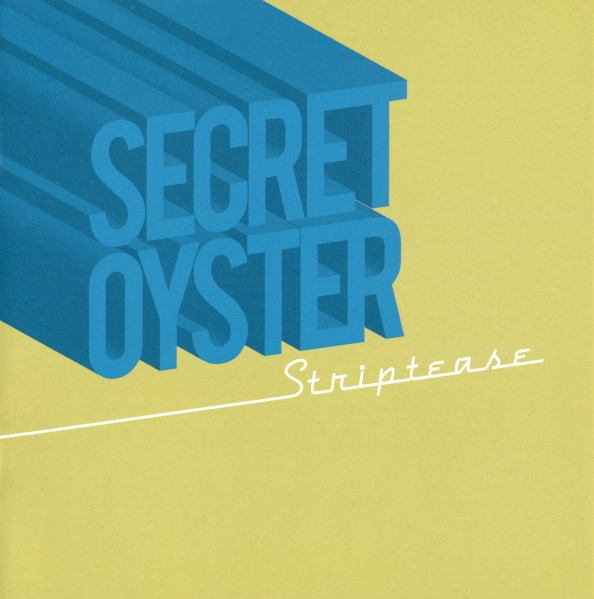
When the fusion between Secret Oyster and Burnin Red Ivanhoe stopped, I had the idea of trying out something totally different. A band based more on good songs not only written by me, with Ole Fick as a main attraction both as a singer and as a guitar player, and with the rhythm section from another very popular group from the 60th, Young Flowers. We started for many reasons with absolutely no success. At our opening date I was very sick, the acoustics in a gigantic old hall for streetcars were terrible, and some people thought that we were too much. But we did some recordings for Danmarks Radio, then had a new drummer and went on touring in Norway – to great success. Some of the concerts on that tour were recorded and after (again) many, many years I heard them through and was surprised. The music was much better than all of us remembered. And worth a CD release. In half a year from now they also will be available on vinyl.
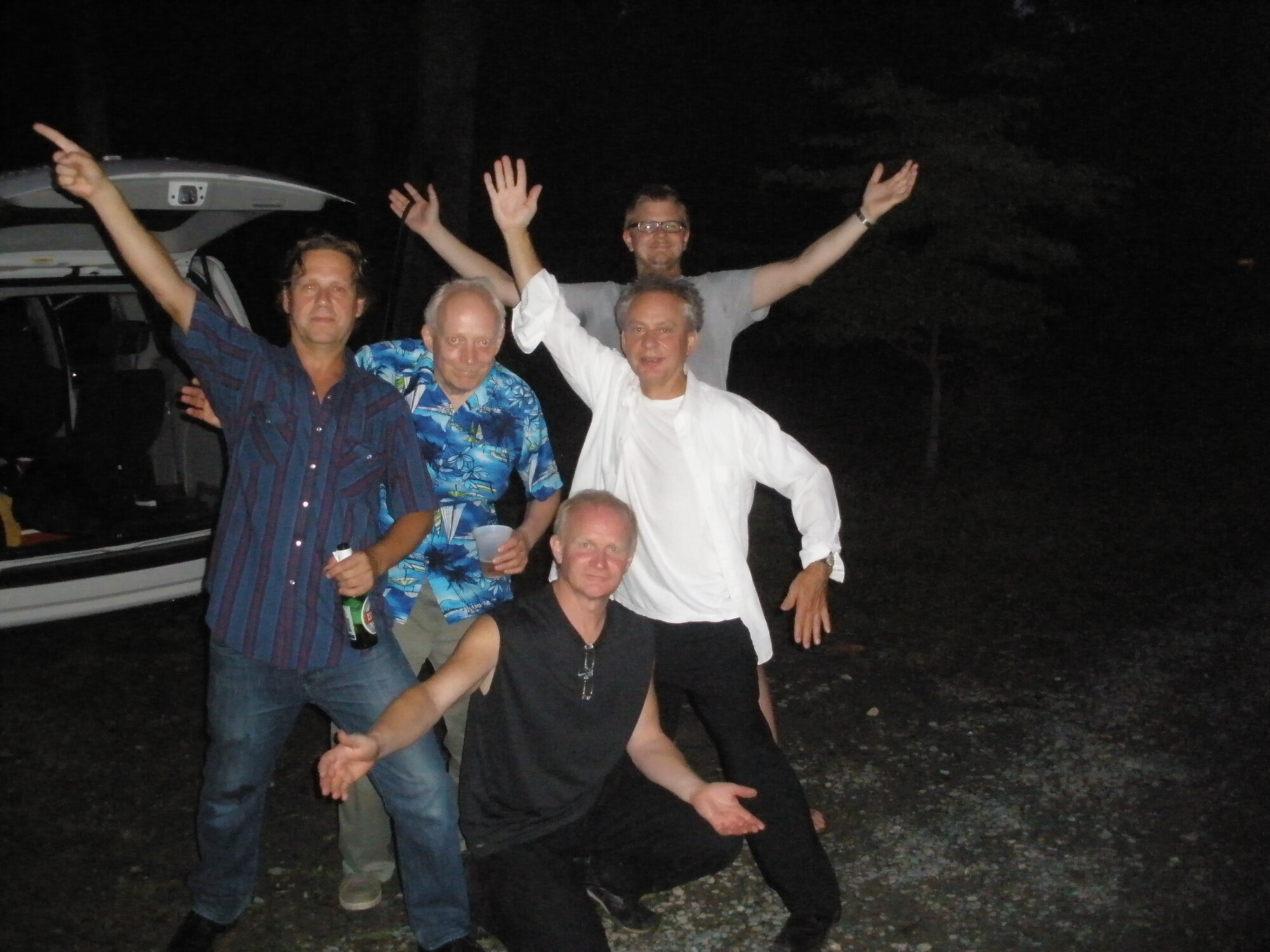
How did Birds of Beauty come about?
In Autumn 1977 Secret Oyster finally disbanded. But we had a booking in a Saltlageret, a quite big joint in Copenhagen at the time. I took over this booking and got not a band but a bunch of musicians together to work with my stuff. As a title for the show I picked the title from a solo album I had made two years before together with Kenneth Knudsen. Since there was no Burnin Red Ivanhoe, no Secret Oyster and no Mermaid I decided to let these be my musical plans for the years to come. So Birds of Beauty again was a band only based on my compositions and with an ever changing lineup. You can call it something like a living studio group or a talent scout group. Some of the musicians like Morten Kærså, Klaus Menzer and Moussa Diallo became big local names.
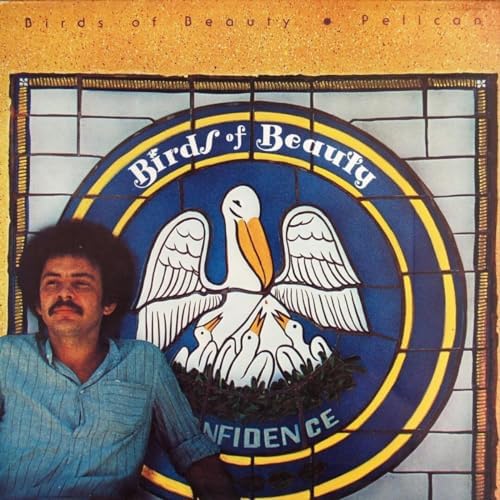
How did you originally meet Kenneth Knudsen?
I had read about him and heard just a little of his playing when I called him on the telephone and told about my plans for my future band, Secret Oyster (-s, as it was named in the beginning). He said, ok I’m with you. And that was it. We have been working together ever since.
There are so many projects you were part of that it’s nearly impossible to mention everything, but let me ask about Communio Musica and Taylor’s Free Universe.
Hugh Steinmetz was the trumpet player with Contemporary Quartet and also became a member of The Brothers Vogel Sextet. Under his name in 1966 we did the first record that I was part of. But shortly after that Burnin Red Ivanhoe took all of me and we were nearly not in contact for 30 years. Then he and Robin Taylor worked on some recordings, but they did not go very well together. Hugh Steinmetz then made some recordings with a lot of musicians involved and in some ways in the spirit of Cadentia Nova Danica, also to be found in the name of the band. I was just one out of many here. But I learned to know Robin Taylor, who actually had me, Burnin Red Ivanhoe and especially Secret Oyster as some of his most important inspirations. He asked me to play on some studio projects he was working on. I like to record, and though no money was involved at all I became more or less featured soloist on 20 albums until this collaboration ended something like six years ago. Some of the albums consist of very controlled music, some of them were totally free form projects. I liked the latter the most, but there are if not gold then at least silver among some of the other recordings. Only a few gigs came out of it, and in his last years he lived isolated and frustrated.
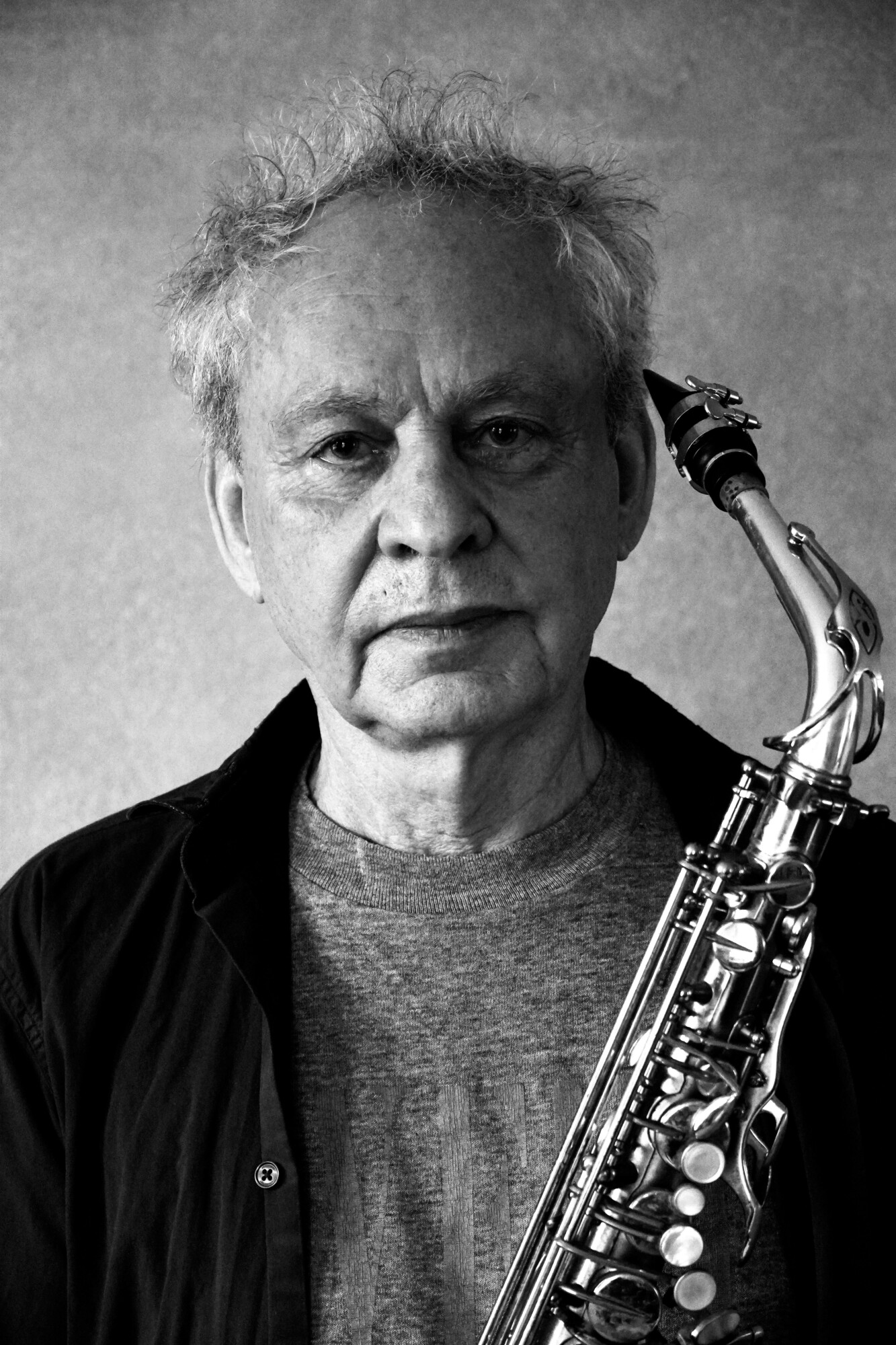
What are some of the most important players that influenced your own style and what in particular did they employ in their playing that you liked?
First things first: Charlie Parker. The energy, the melancholy, the fast melodiously, the never ending string of musical ideas. And then Paul Desmond: the melodic sweetness. John Coltrane: What a technique, what a devoted spirit. Albert Ayler: The more crazy the better, and at the same time obviously right. I know that it can be hard to find these qualities in my playing with Burnin Red Ivanhoe and Secret Oyster. But I have later on made some albums in my own name where the inspiration is very clear.
Are you planning to record a new solo album as you did in 2010 with ‘My Old Flame’?
I intend to do one shortly. I’m going for the saddest album I ever did. Only ballads, mostly standard songs like ‘In Your Own Sweet Way’ (Brubeck, Desmond, Miles) and I’ll Keep Loving You (Bud Powell).
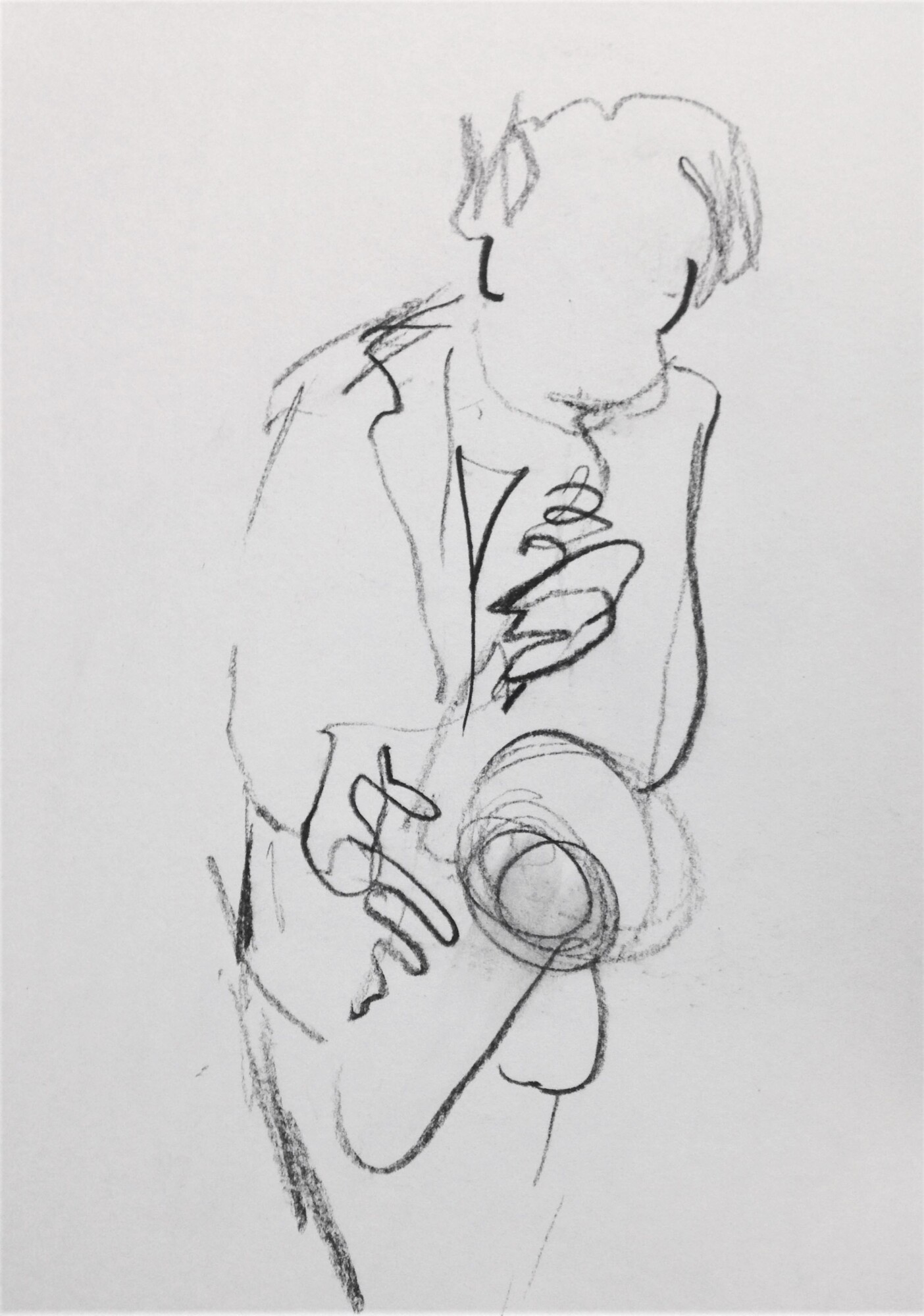
What are some of the recent projects you were part of?
Burnin Red Ivanhoe with a (nearly) new lineup is the best version of that band ever. Standing ovations for every concert. Sadly there are not enough of them. We will do a few recordings and hope for increasing public demand. Claus Bøhling and I also have played a few gigs together, mixing stuff from Secret Oyster with some new compositions by both him and me. Again we would like to have some more. I also sometimes talk about music and my life with it. It used to be quite funny. Anecdotes are such important parts of music history. (One of my favorite books is Jazz Anecdotes by Bill Crow).
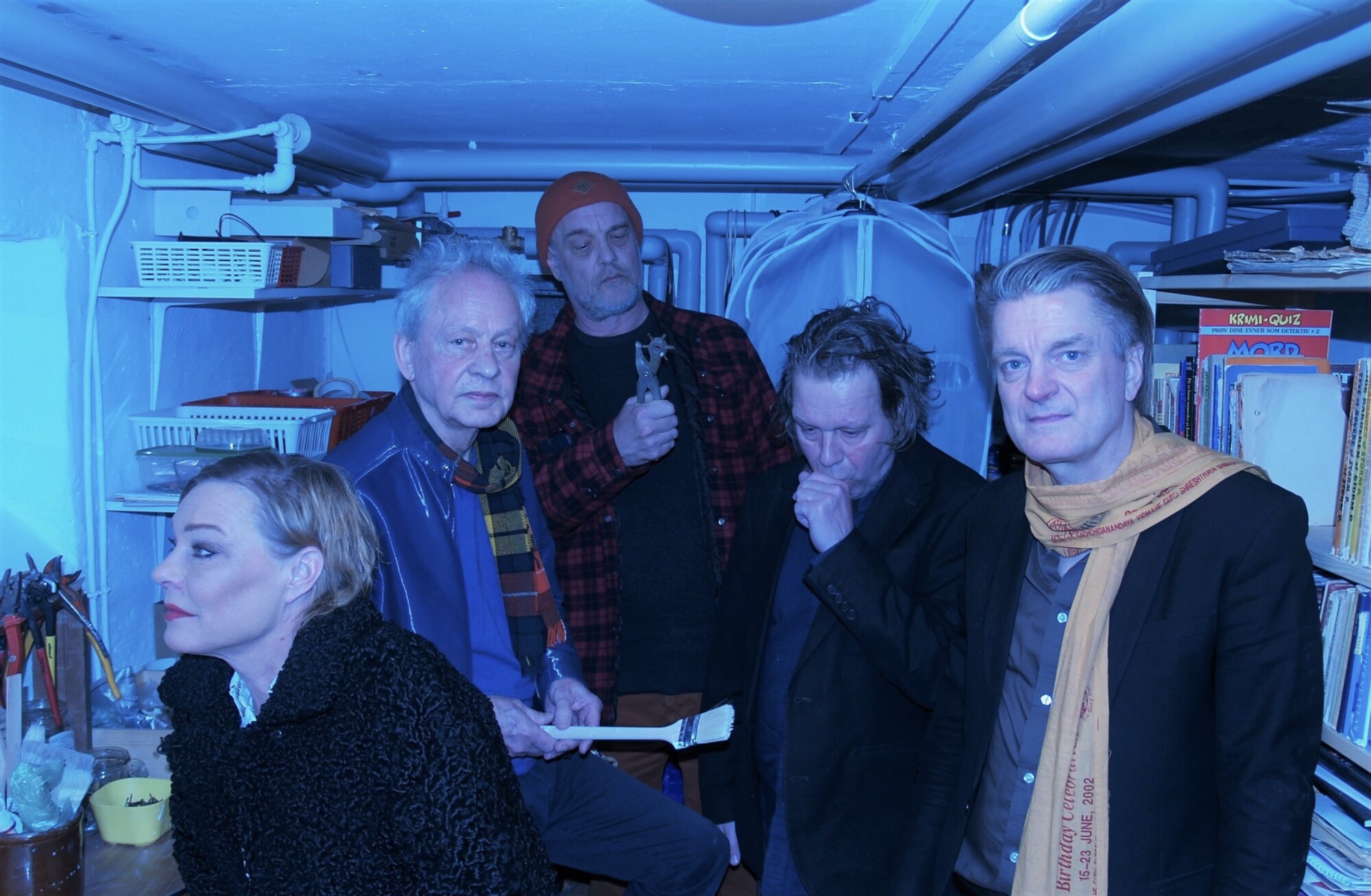
What currently occupies your life?
Music. I write music, I play music, I listen to music, I read about music. And: My private life with my third wife (we have been together for nearly 25 years by now) is the best I ever had. In all we have three grandchildren. Economy is ok, and we live in a beautiful rowhouse (!) in a very good neighborhood in Copenhagen. I’m in good condition, taking no medicine at all. And we see a lot of friends in our home, many of them musicians. And I have my dog, a Spanish Waterdog, who is four years old. Two hours a day we walk together. Could I ask for more?
Looking back, what was the highlight of your time in the bands? Which compositions are you most proud of? Where and when was your most memorable gig?
Burnin Red Ivanhoe: The first UK tour 1970 with concerts in among other places Lyceum, Roundhouse and The Plumpton Festival. The overall acceptance today of Burnin Red Ivanhoe being one of the real important contributions to Danish music.
Secret Oyster: La fete Rouge in Paris 1975. Touring with Captain Beefheart IN 1975. NEARfest in Bethlehem, Pennsylvania 2007.
Solo: Japan Kyoto and Tokyo with local musicians, 2016.
Burnin Red Ivanhoe: i Brøndbyerne, All about all, August Suicidal, Sig det.
Secret Oyster: Oysterjungle, Mind Movie.
Birds of Beauty and solo: Crepuscule, Clouds and Light, The Last Kiss.
Per Aage Brandt/Karsten Vogel: ‘Cry’
Frits Helmuth/Karsten Vogel: ‘Vinden fortæller om Valdemar Daae og hans Døttre’ (suite 1980).
With the recording of this suite based on an incredible well told story by Hans Christian Anderson my partnership with this famous Danish actor began and we had 24 very satisfying years together – well, not full time but we had something like 600 gigs over the years.
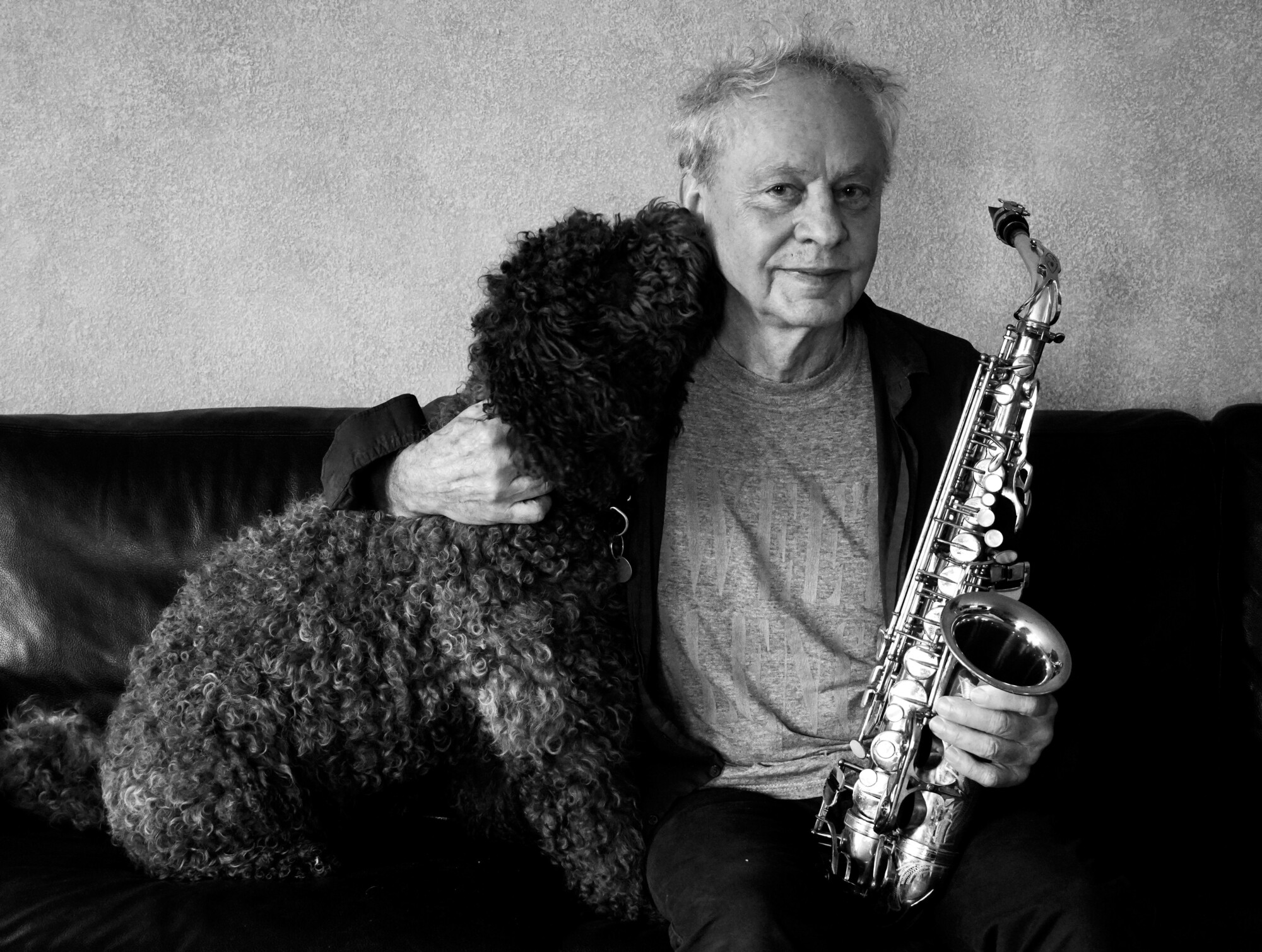
Is there any unreleased material by groups and projects you were part of?
Except for the Secret Oyster live-thing that I told you about I don’t think so. Perhaps some live recordings could surface without my knowledge as it happened with the Burnin Red Ivanhoe concert at the Berliner Jazztage 1969.
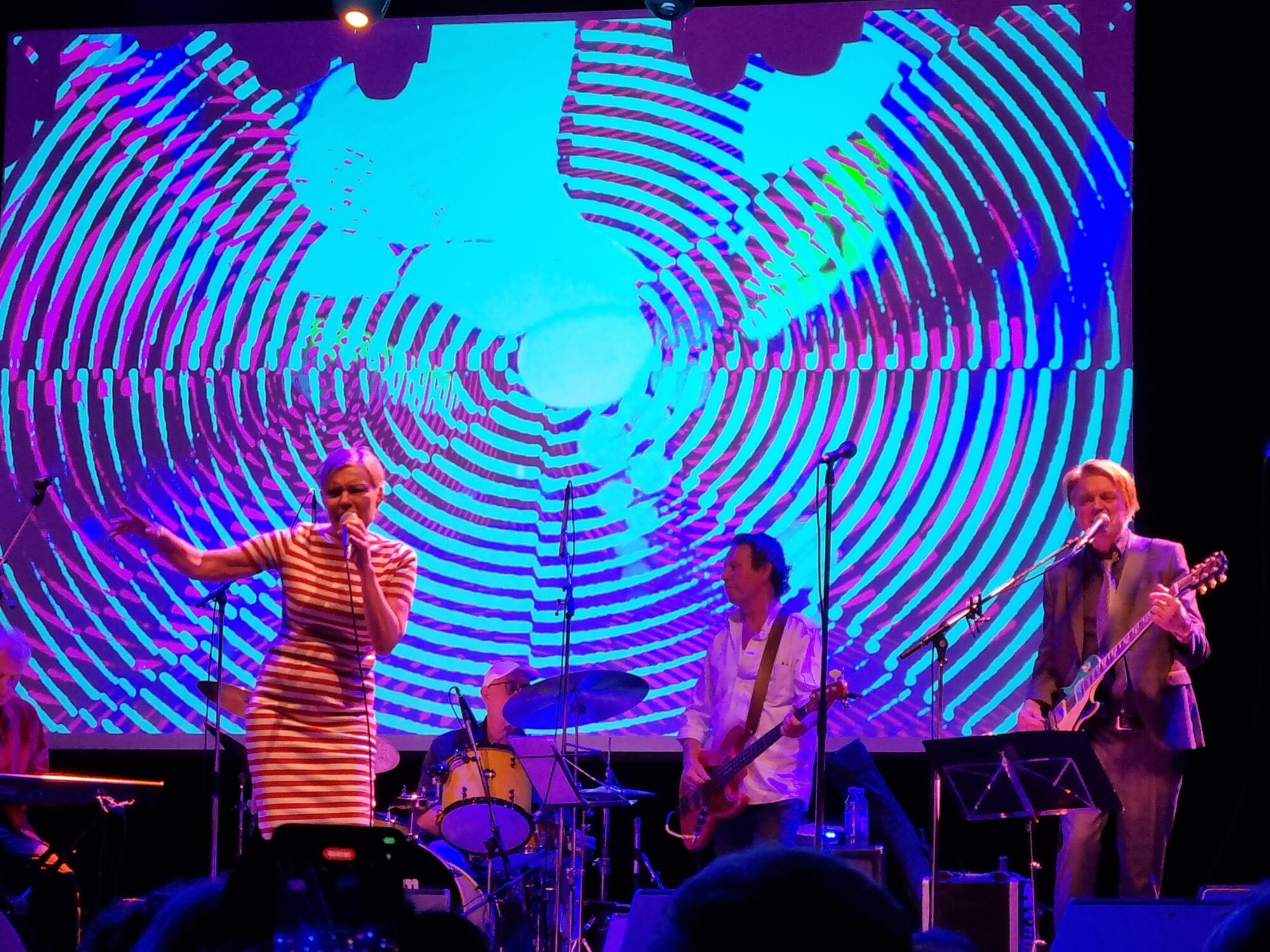
Thank you for taking your time. Last word is yours.
My life in music is based on the saxophone. In the busy years with Burnin Red Ivanhoe and Secret Oyster most of my time was taken by composing, arranging, holding the bands together, logistics and trying to get the economical side function for the bands (which in fact never did). My alto saxophone – the reason for the whole thing – came third. And I regret that a lot. With a few exceptions I don’t like to hear the recordings with my soloing from these days. In the past like 35 years I have tried to compensate for that and somehow I have succeeded. I’m still working on that project. On the other hand I allow myself to be satisfied with what I have done as a composer and as a bandleader. I survived 15 crazy and fantastic years. Not all did that. I guess that after all I have a healthy mind. But when listening to some of my work you might think otherwise. I must have been born that way.
Klemen Breznikar
Headline photo: Burnin Red Ivanhoe at Roskilde Festival (circa 1970) | L-R: Jess Stæhr, Bo Thrige Andersen, Karsten Vogel, Ole Fick, Kim Menzer
Burnin Red Ivanhoe Official Website / Facebook
Karsten Vogel Official Website

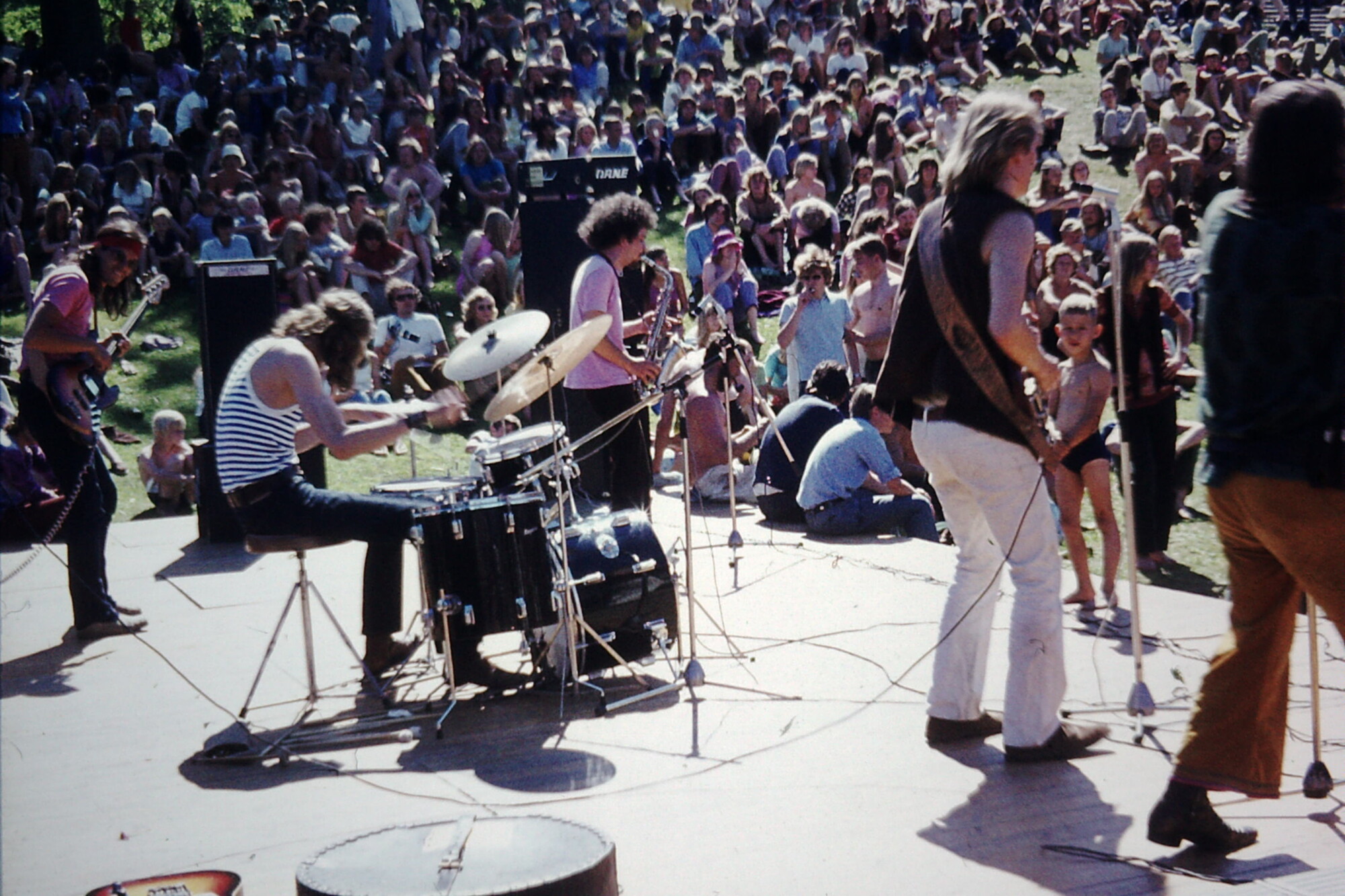



Interesting musical tale and Karsten Vogel has a storied career. Nice to familiarize oneself with the bands and the Danish Rock scene of the time.